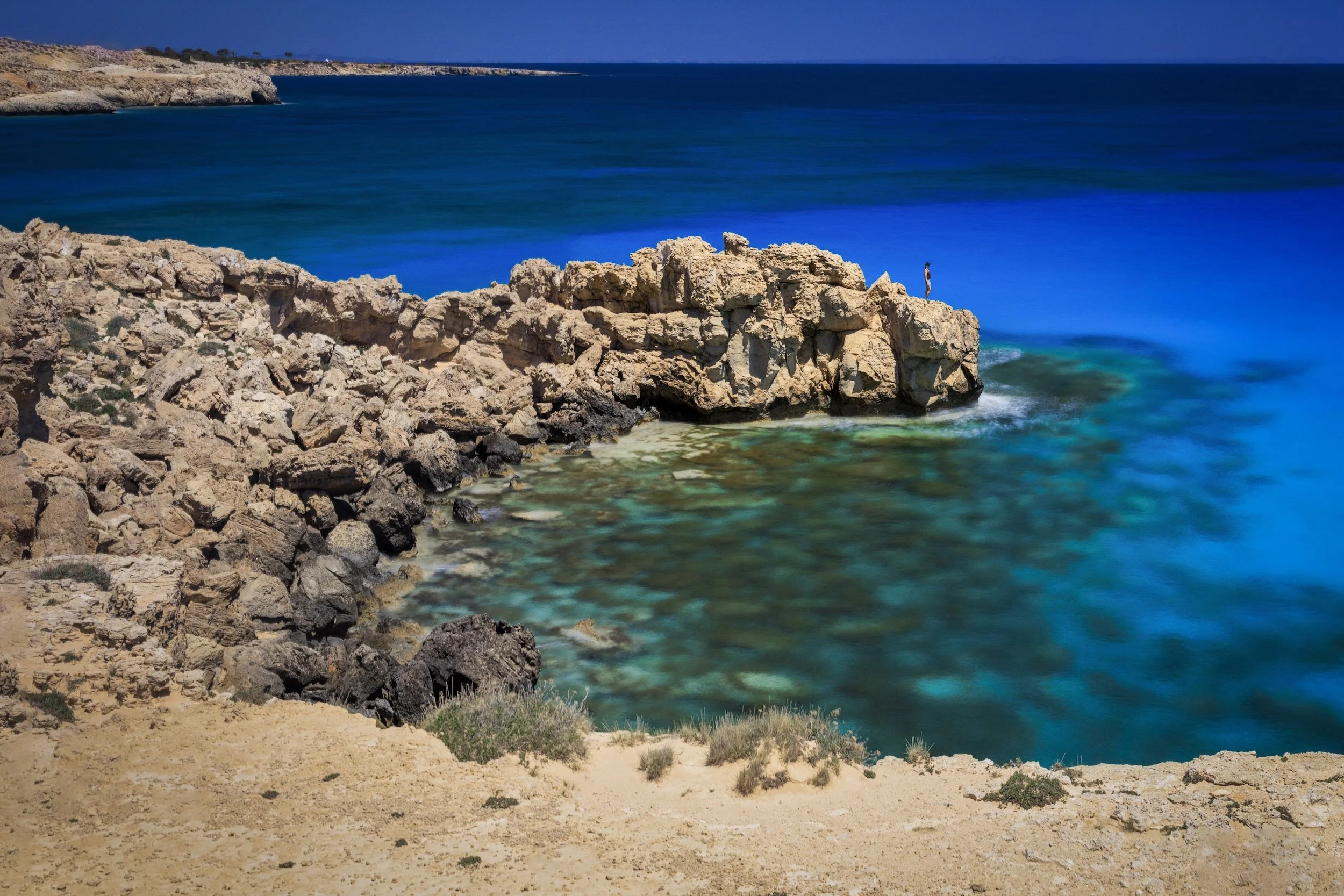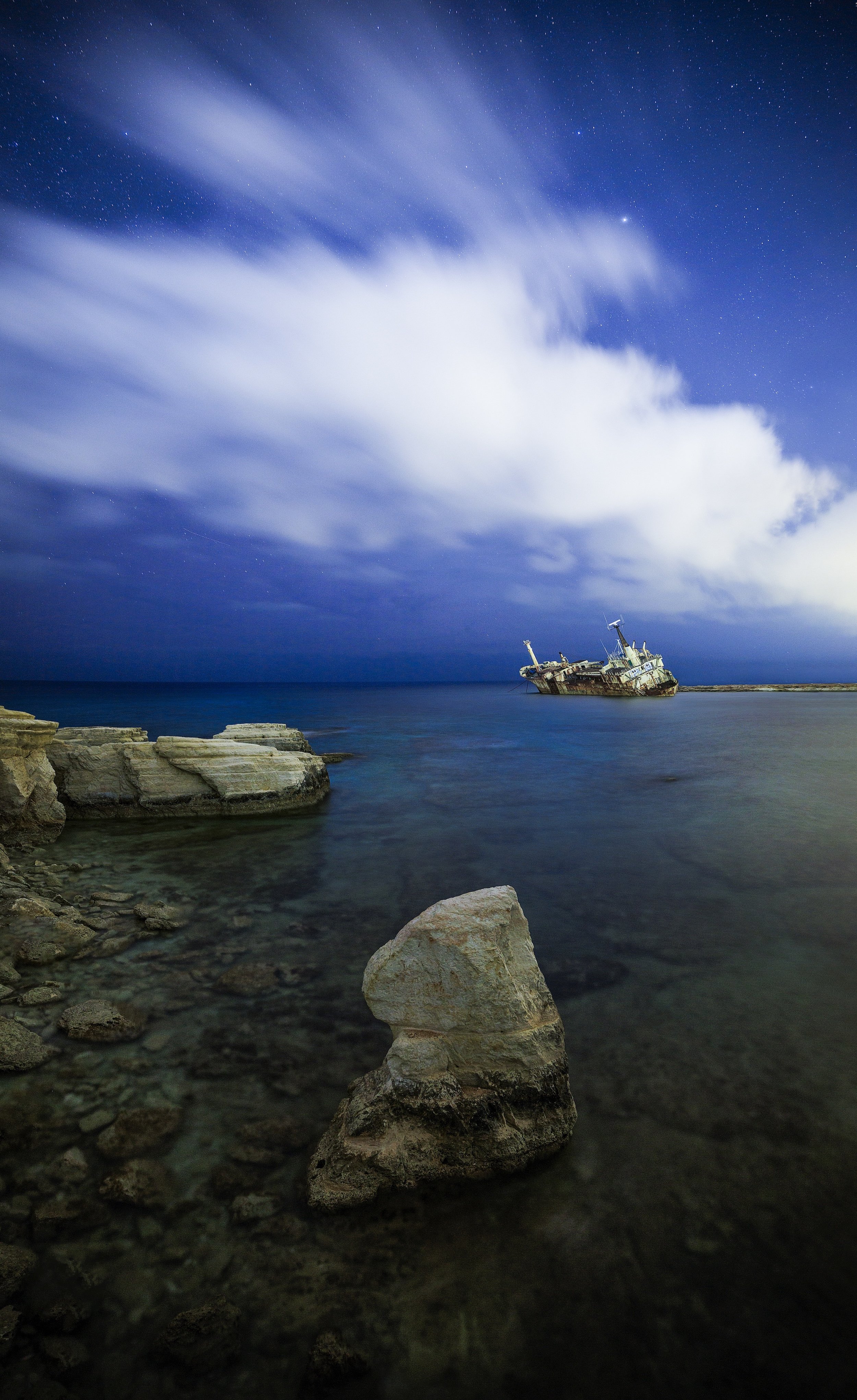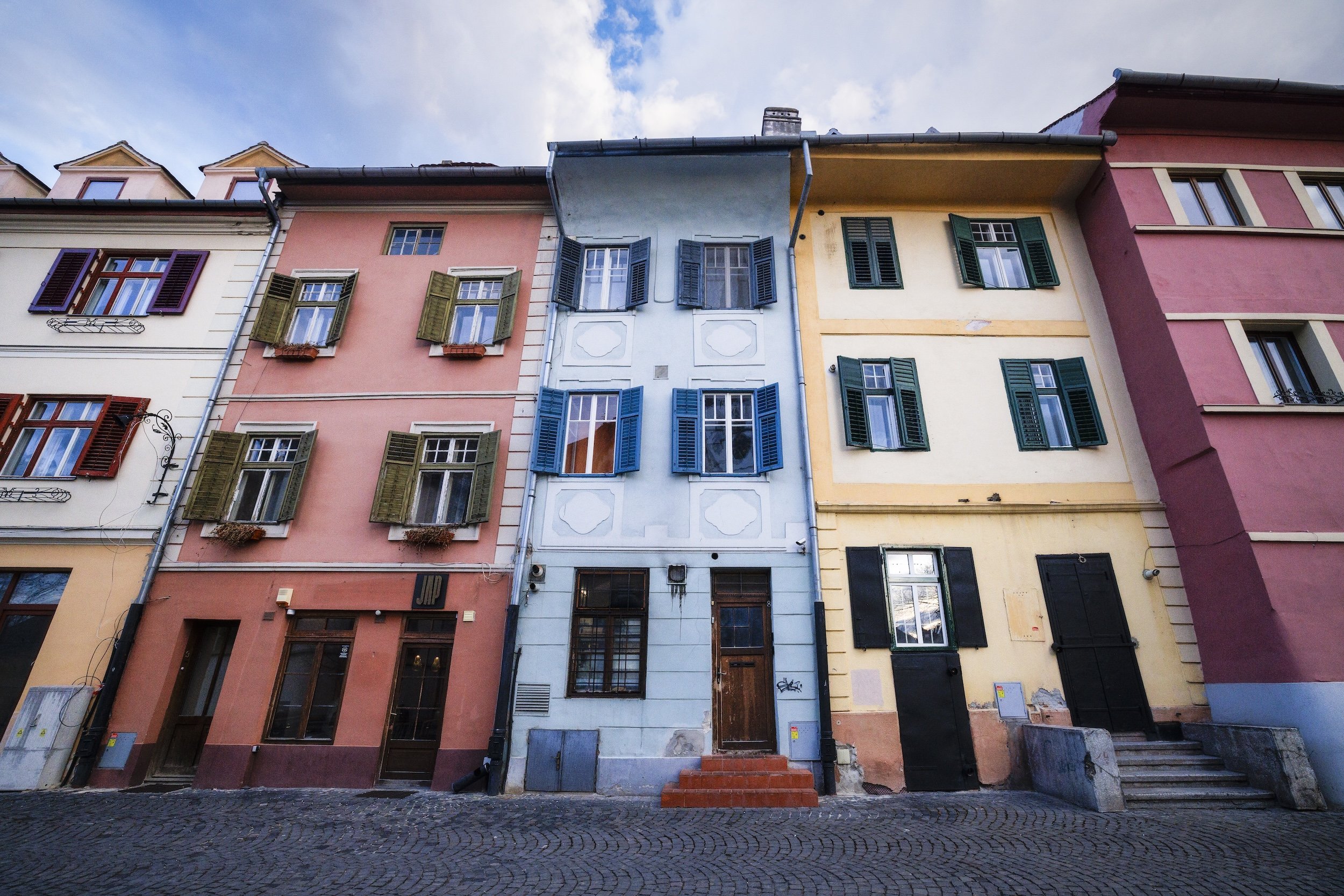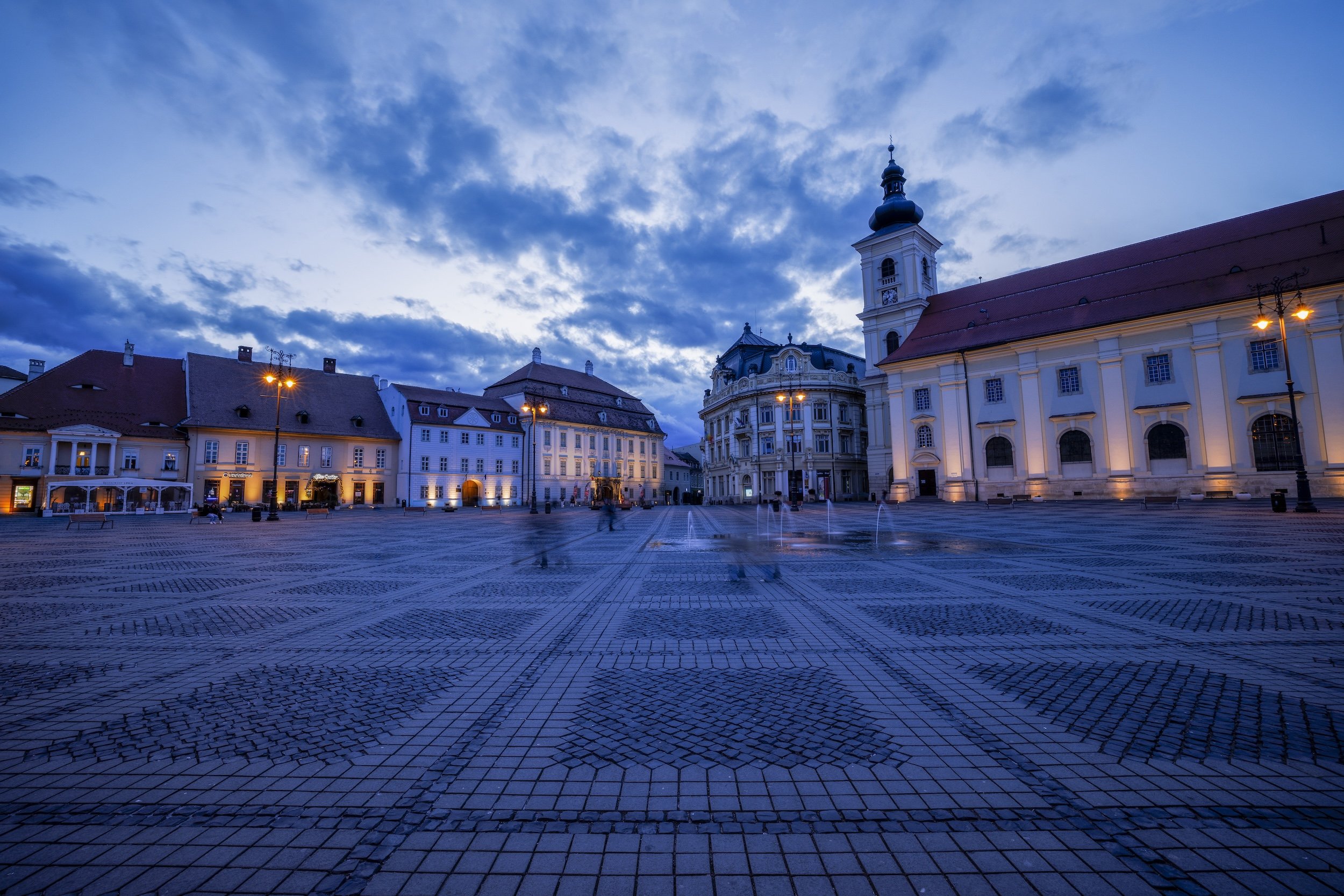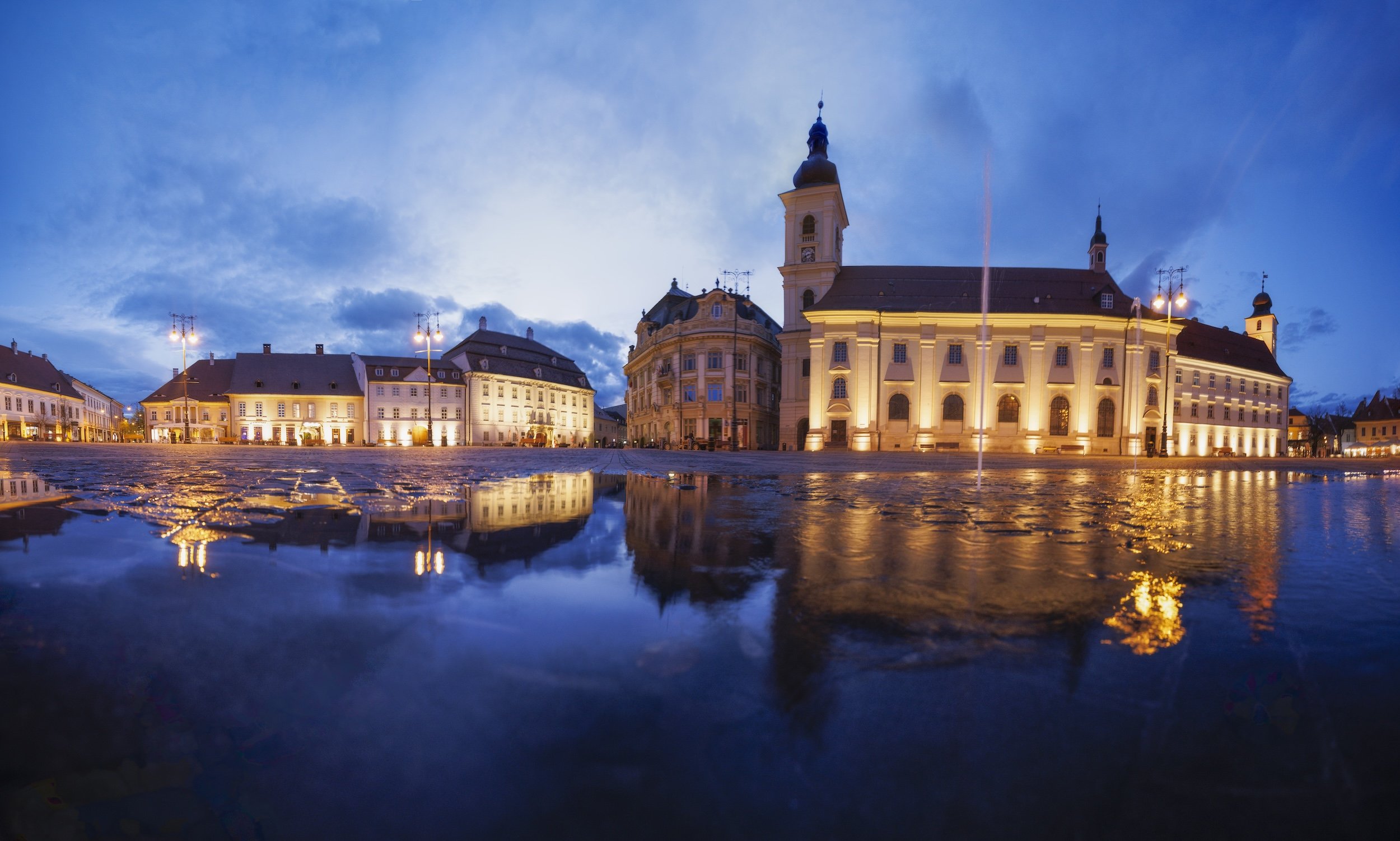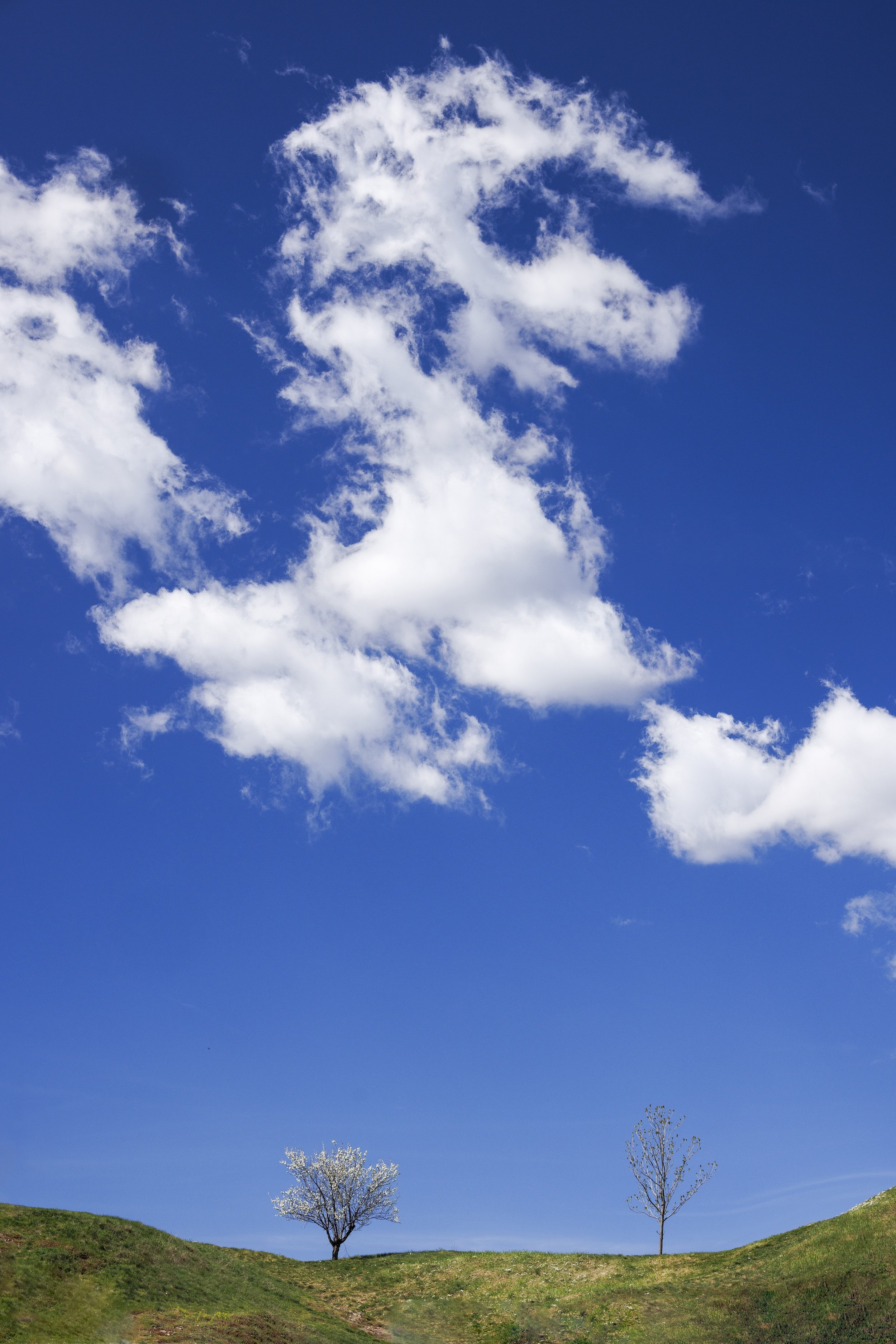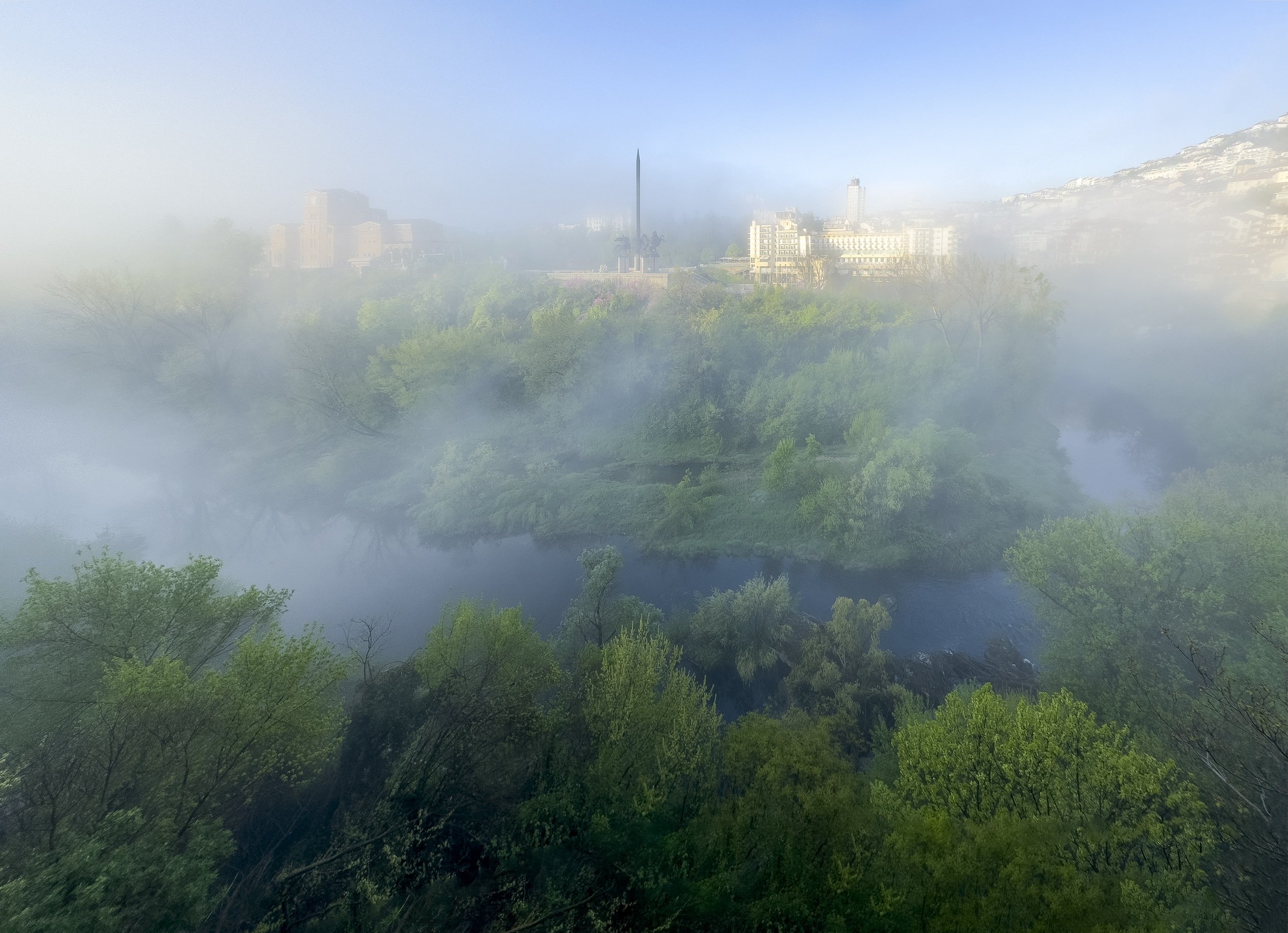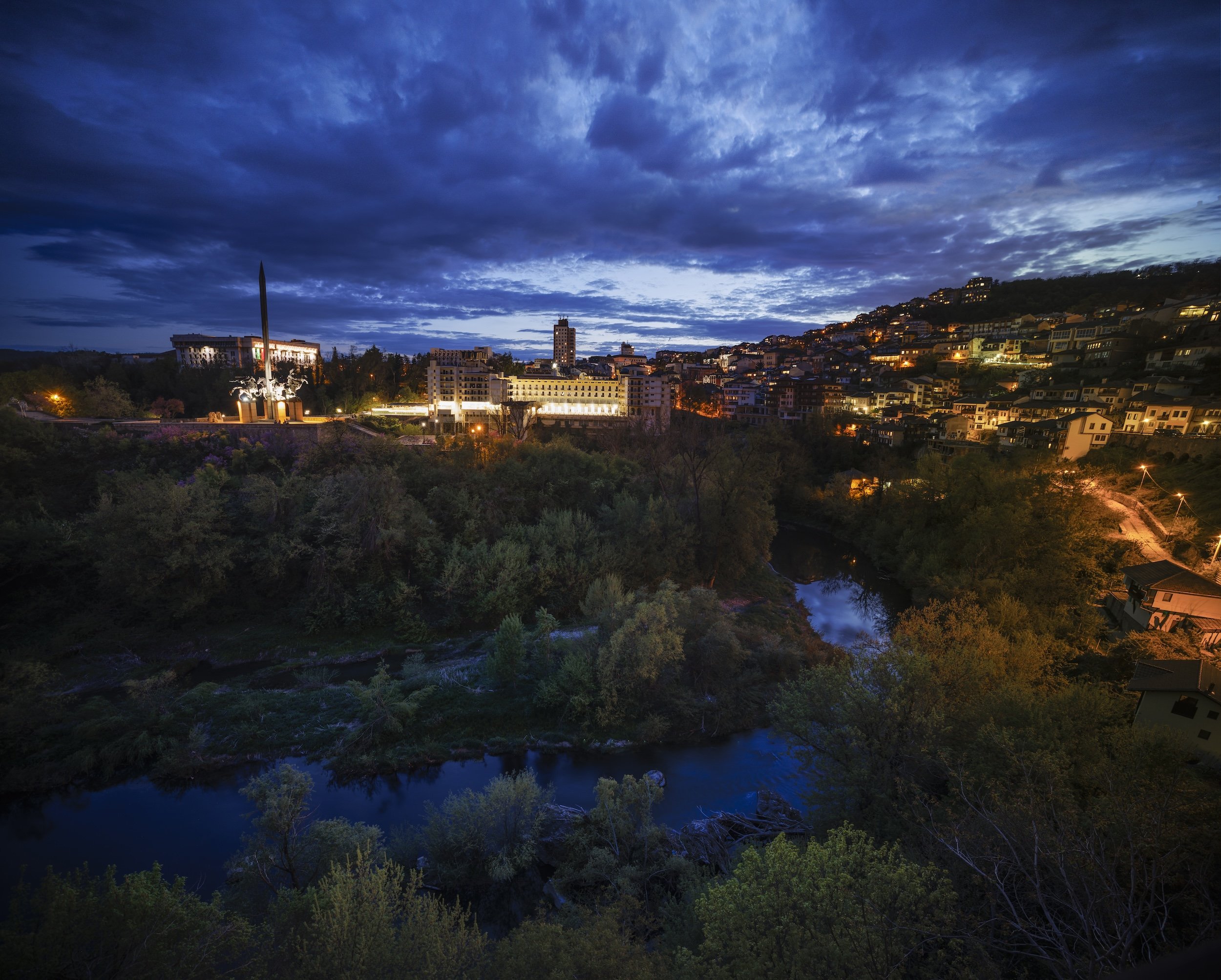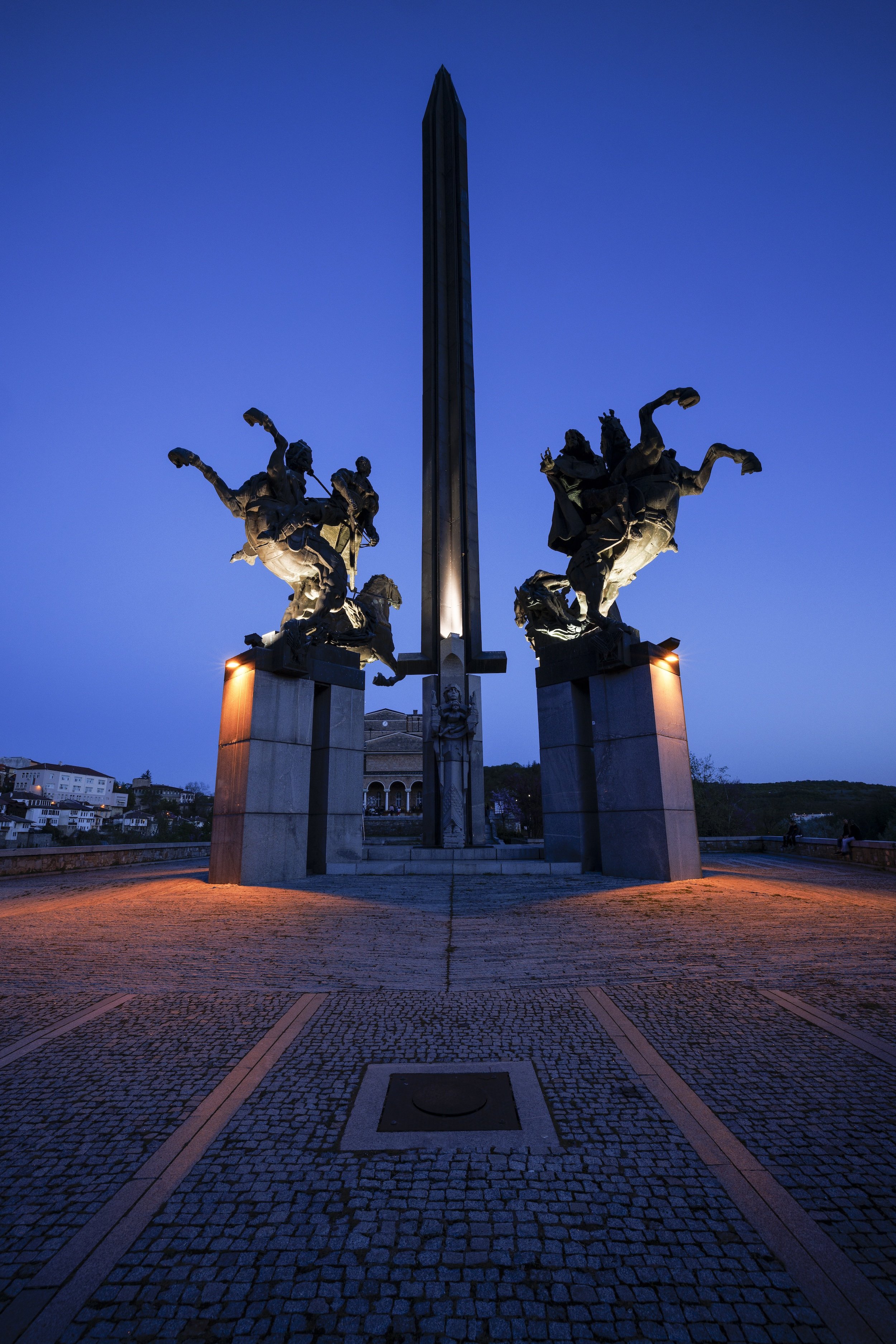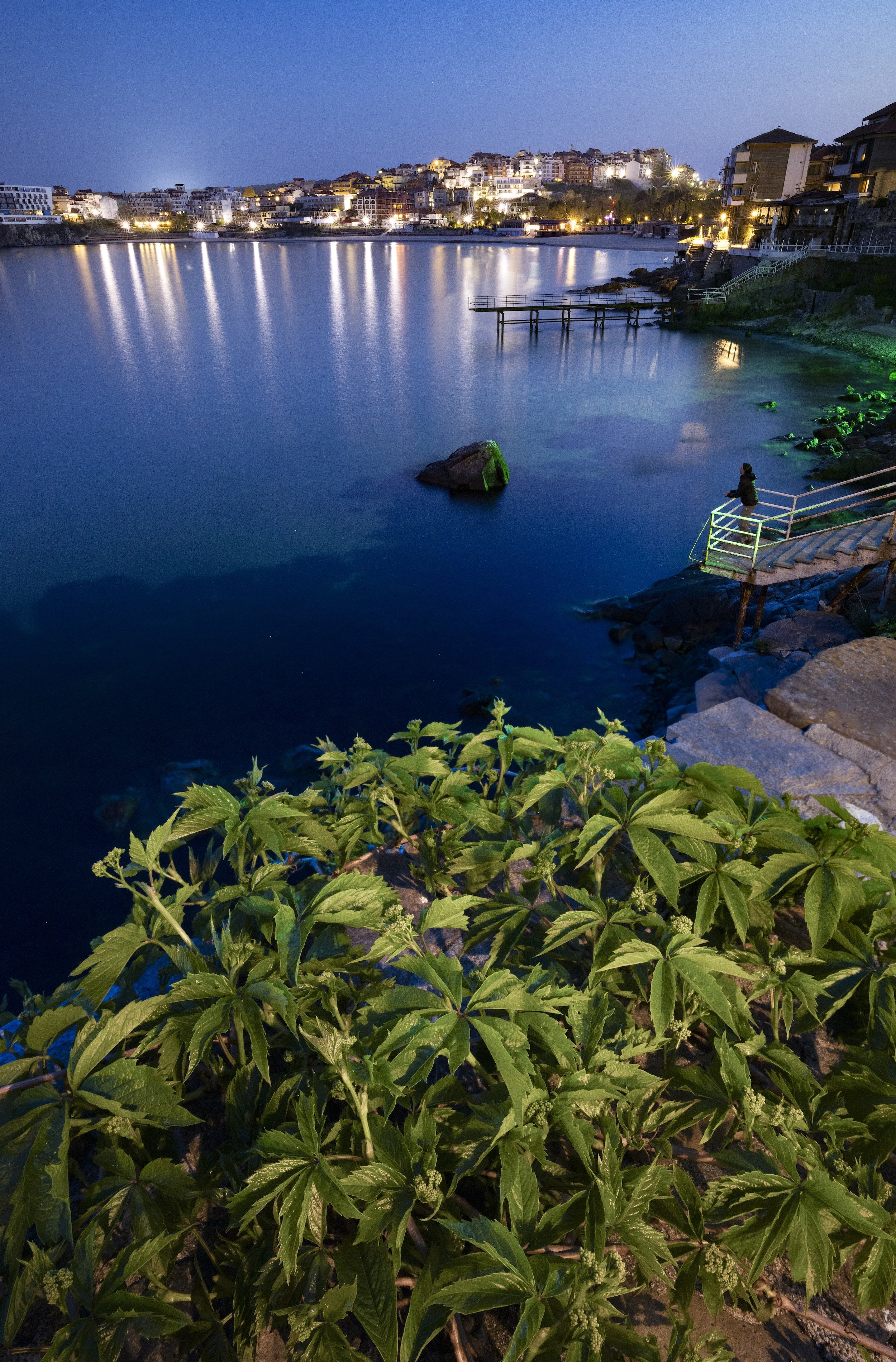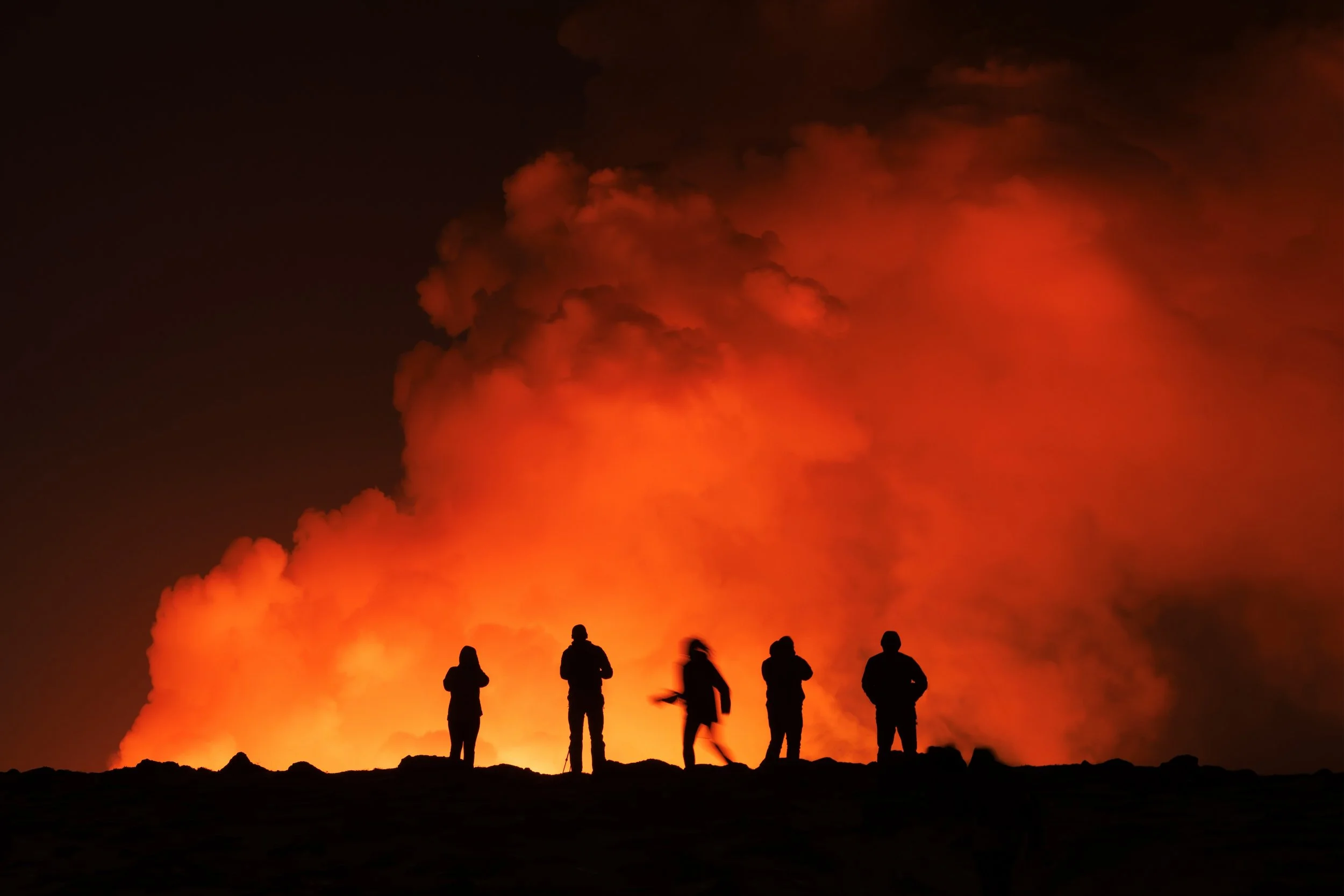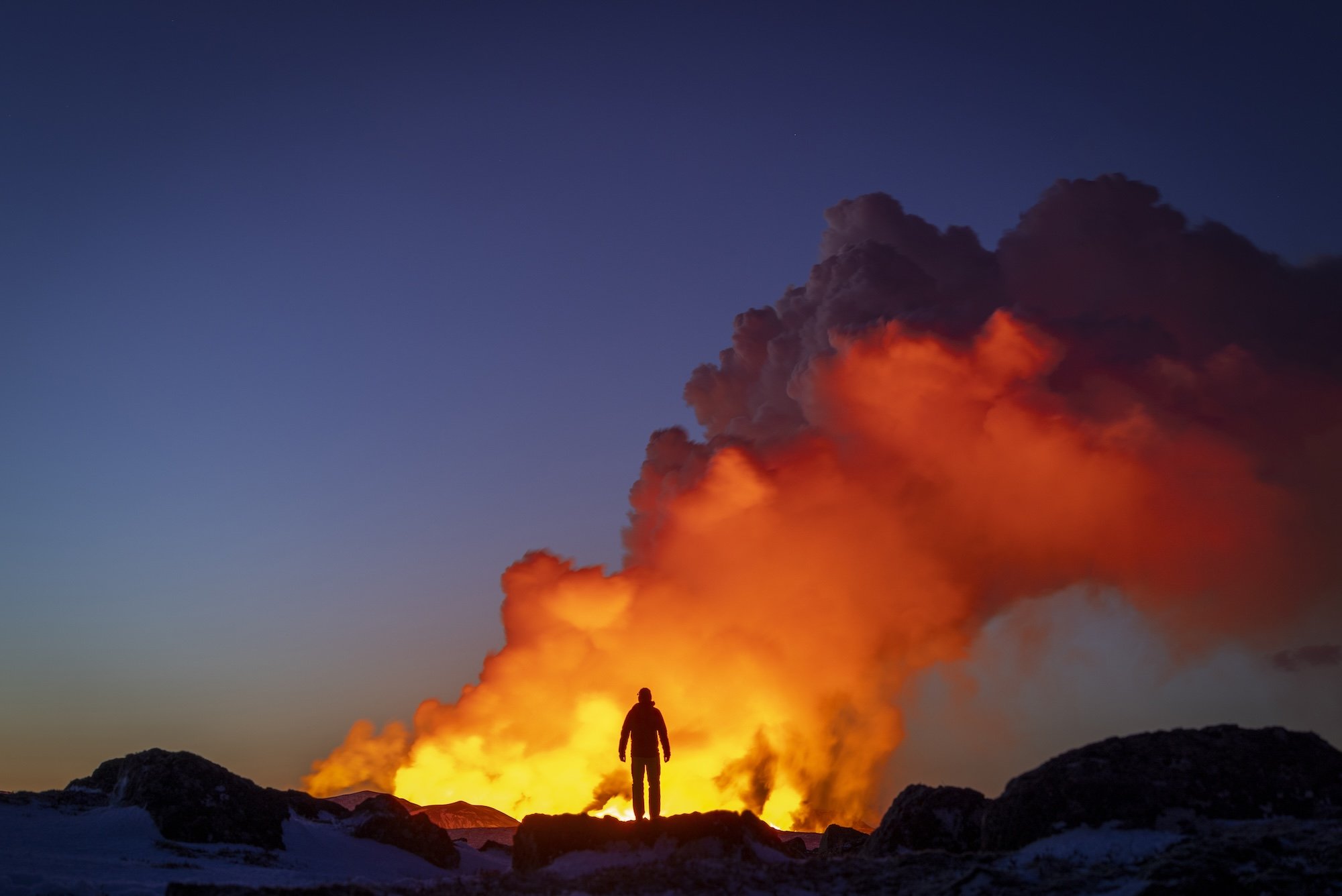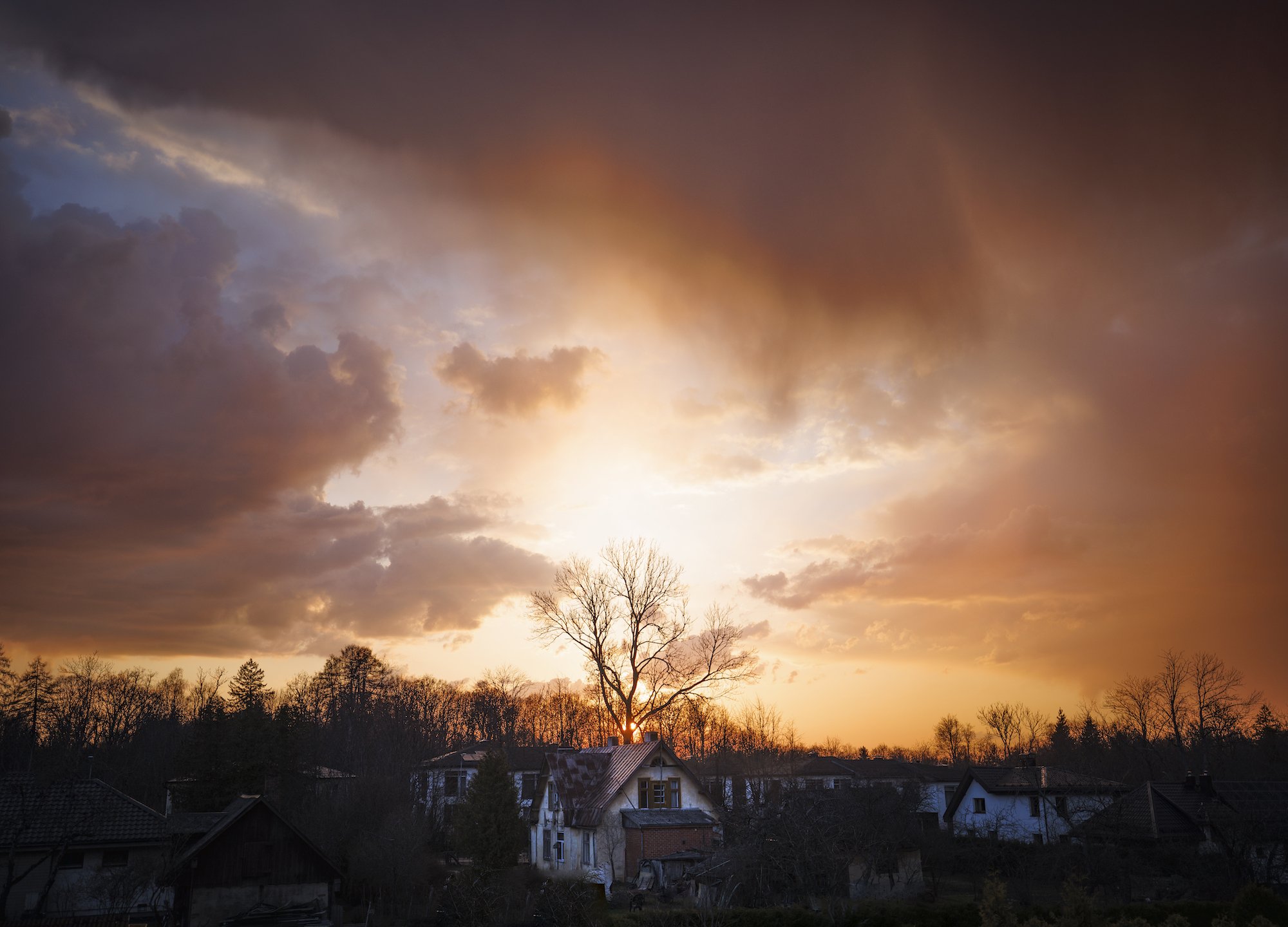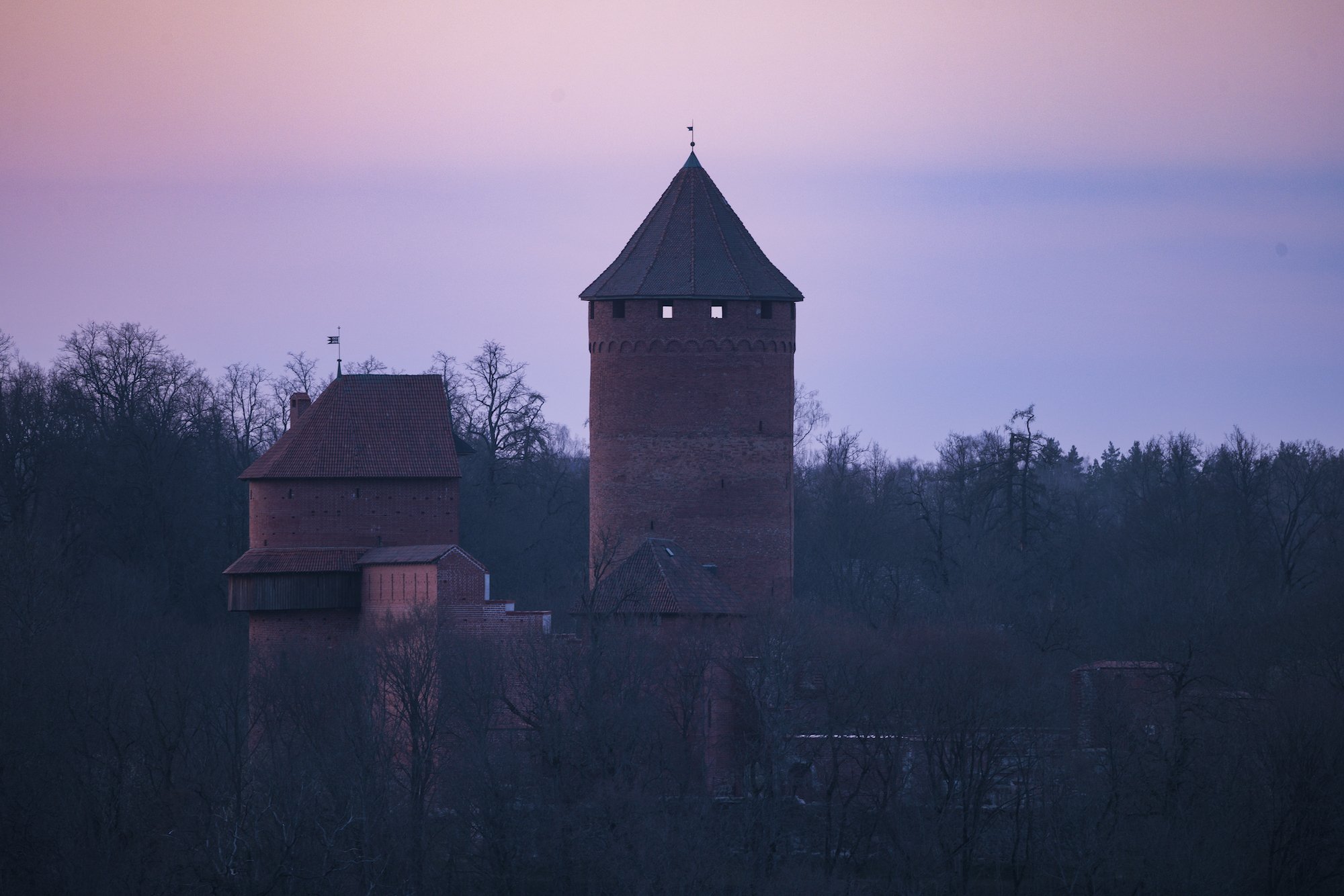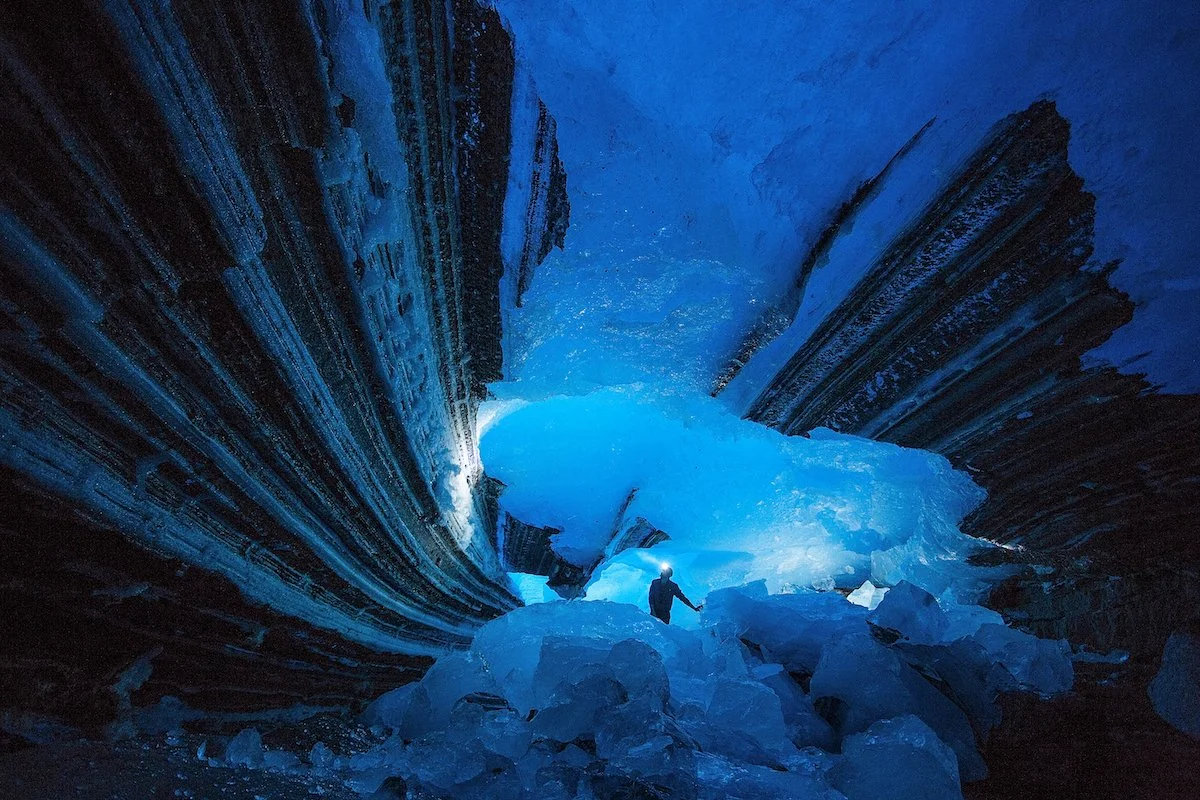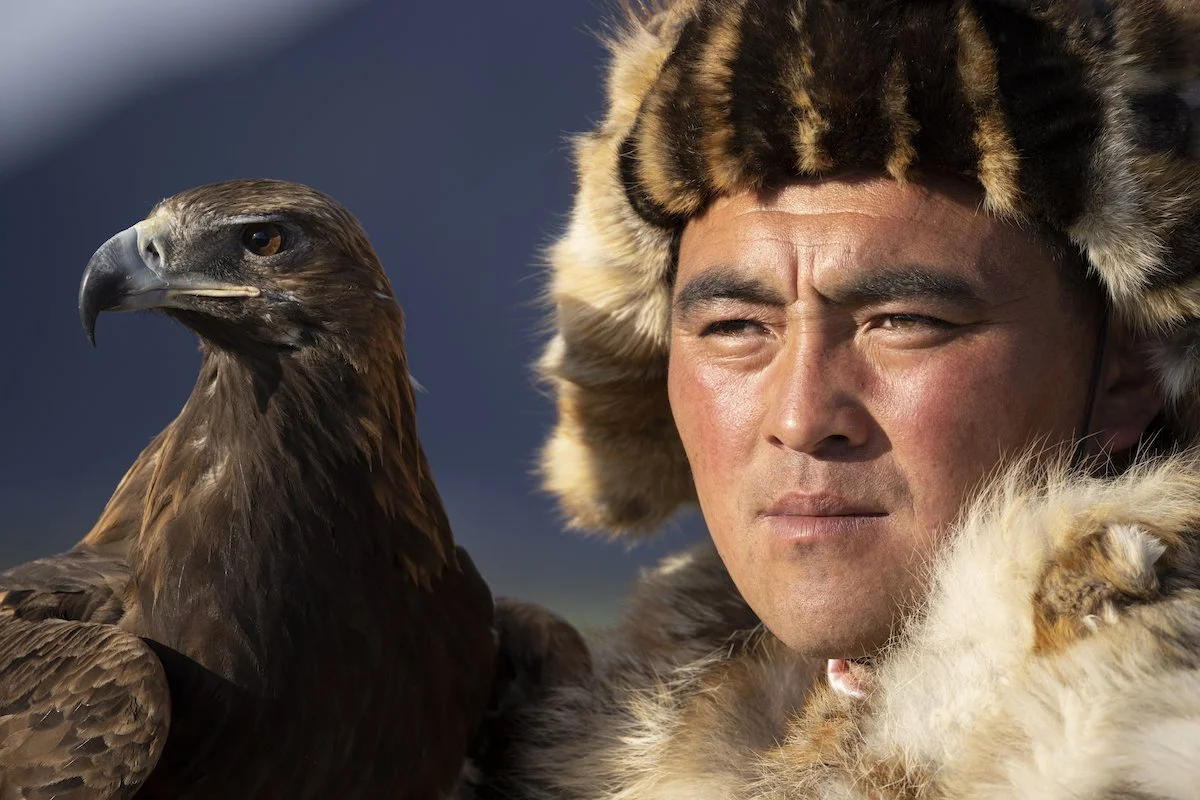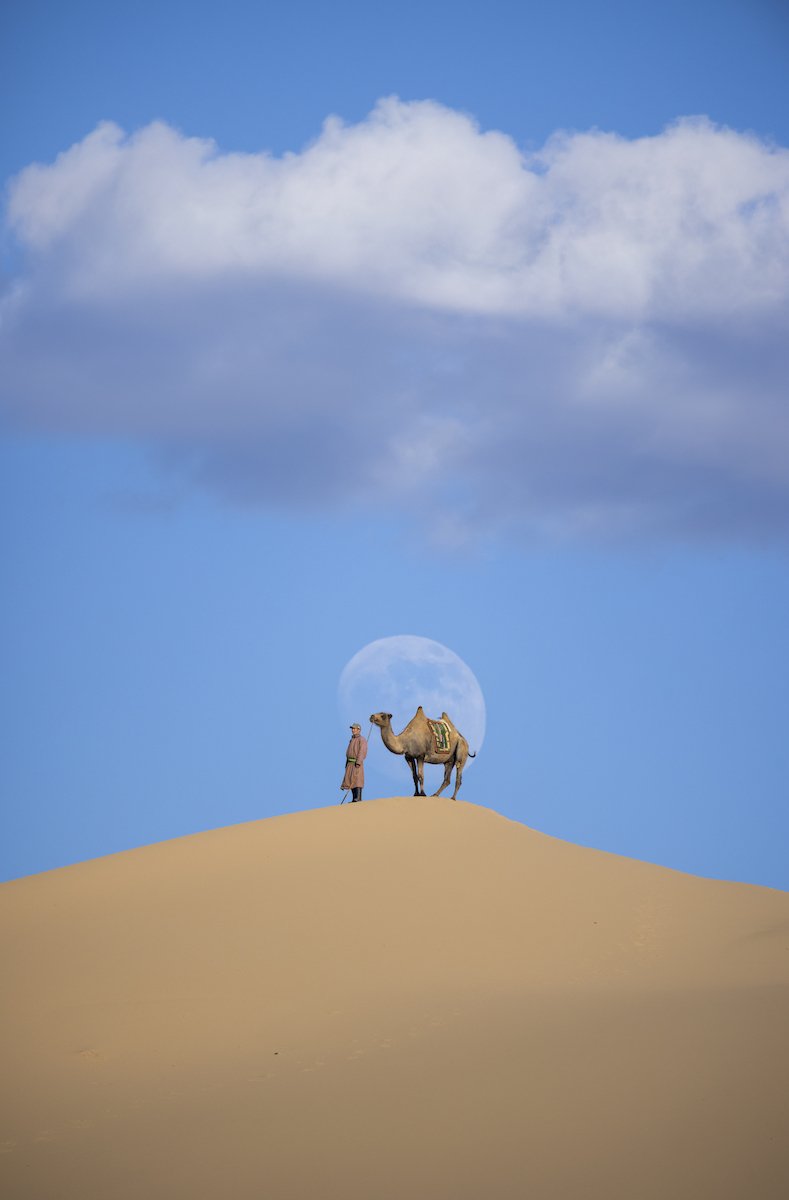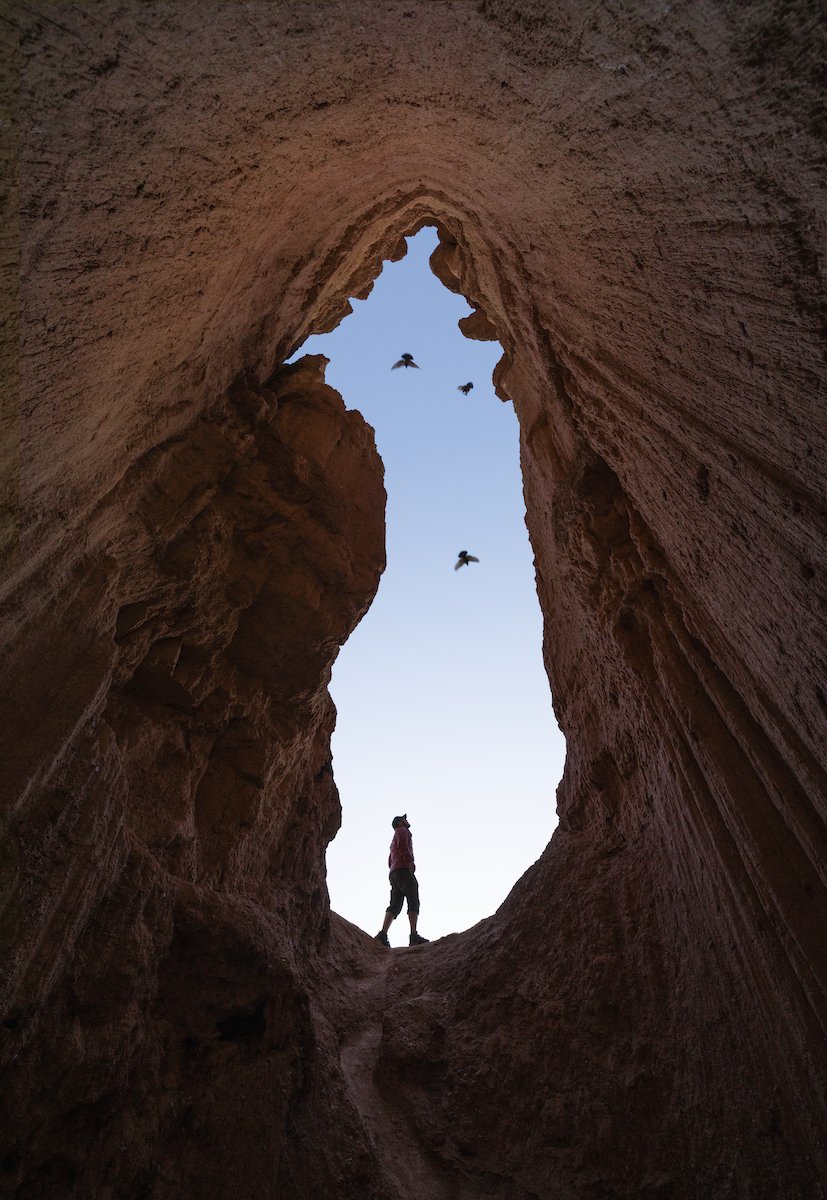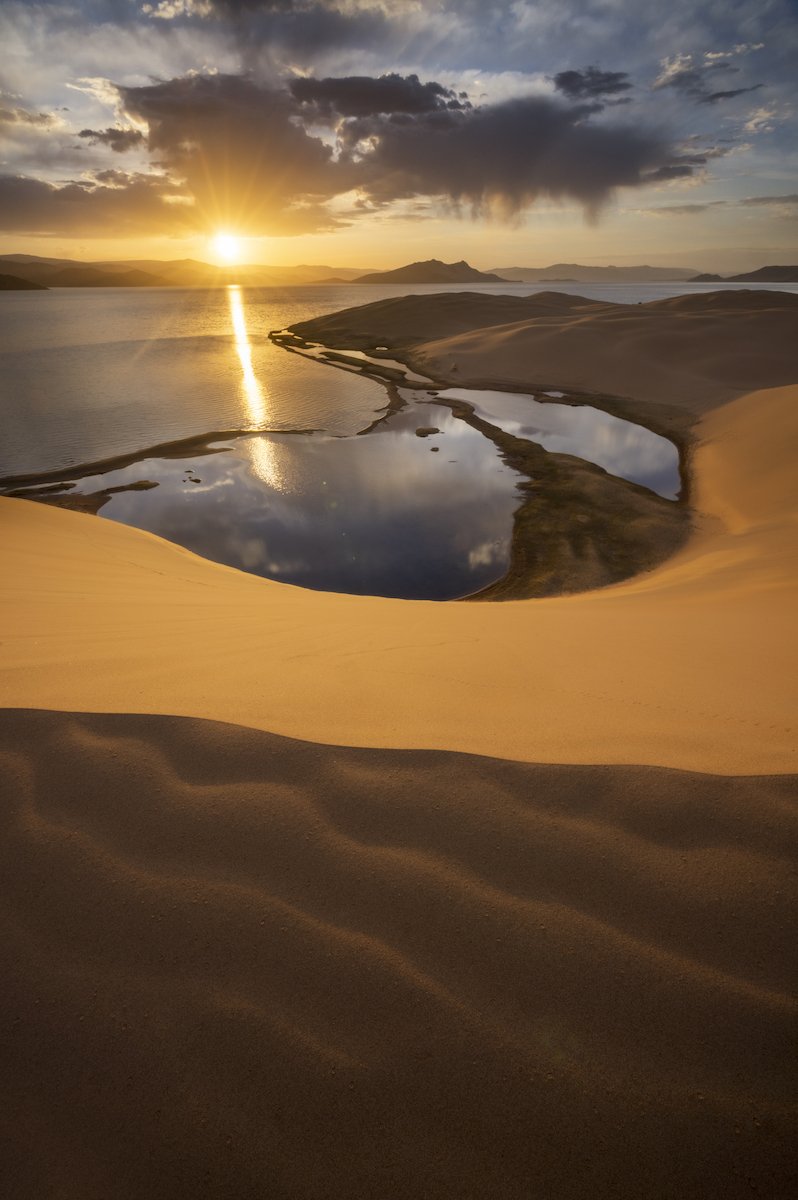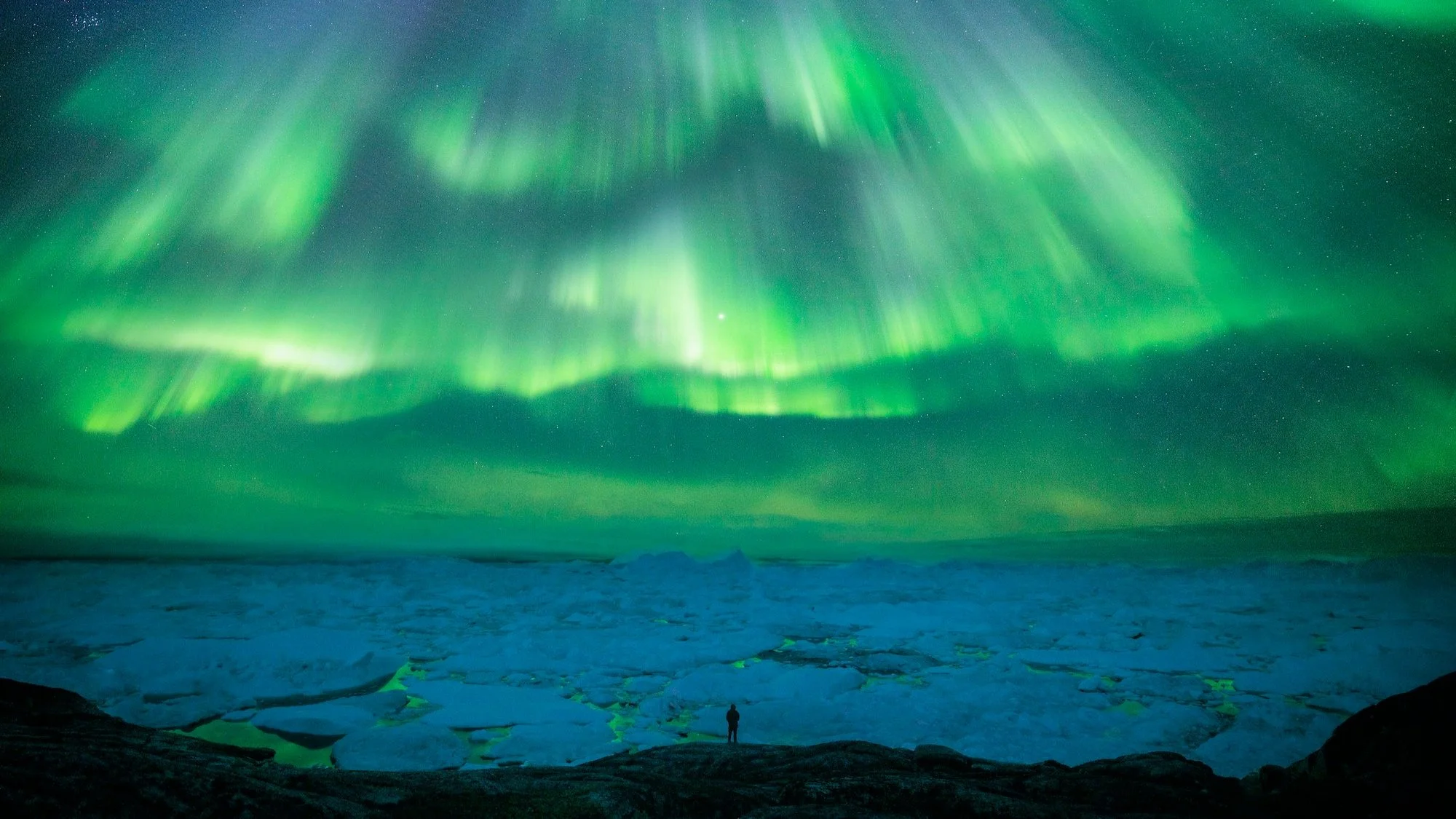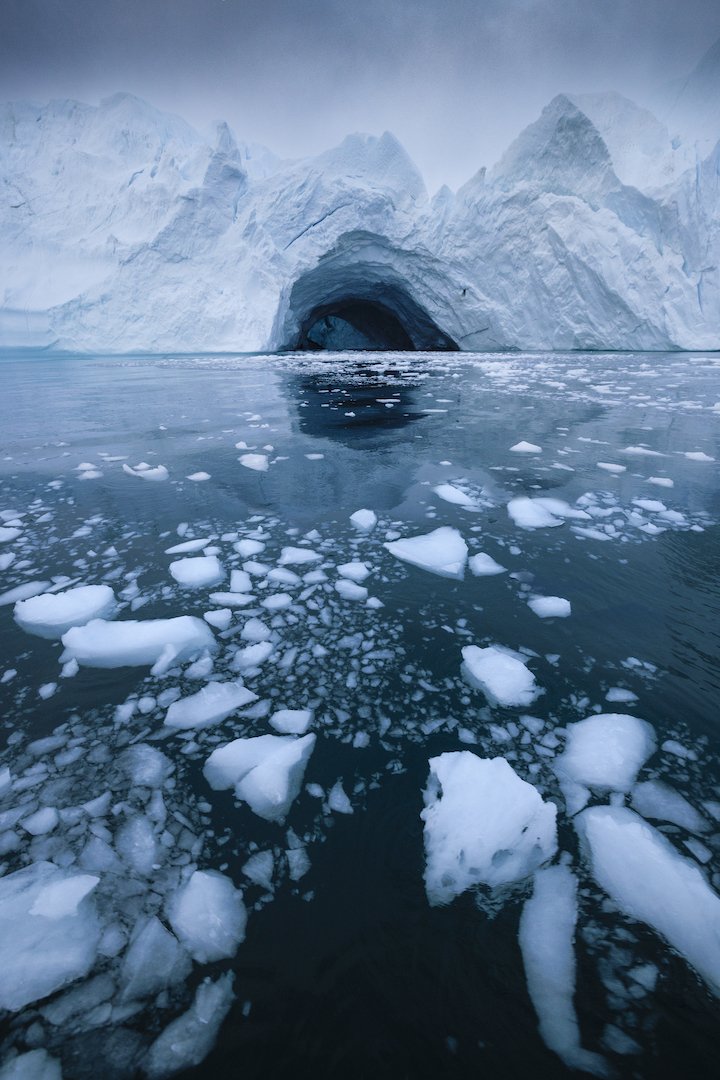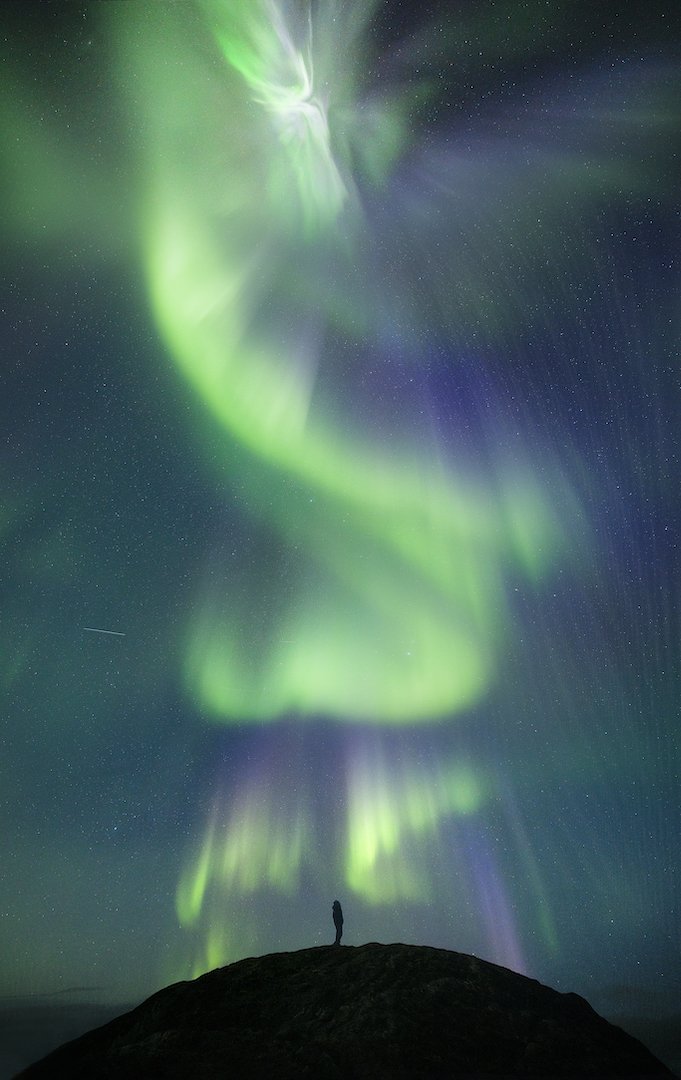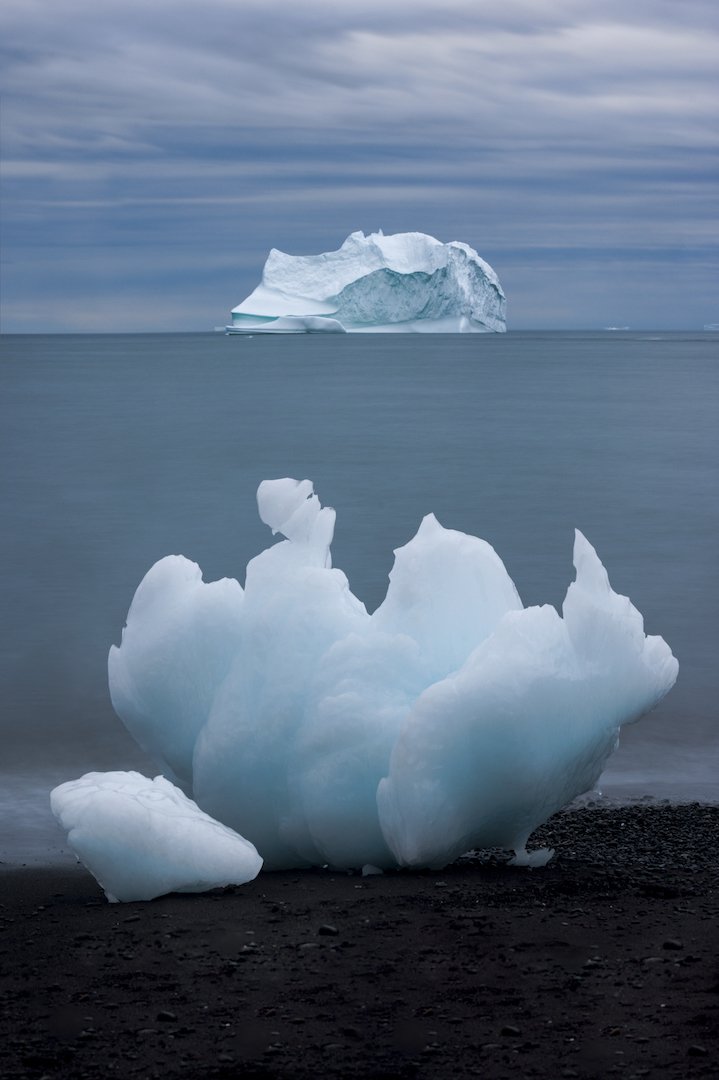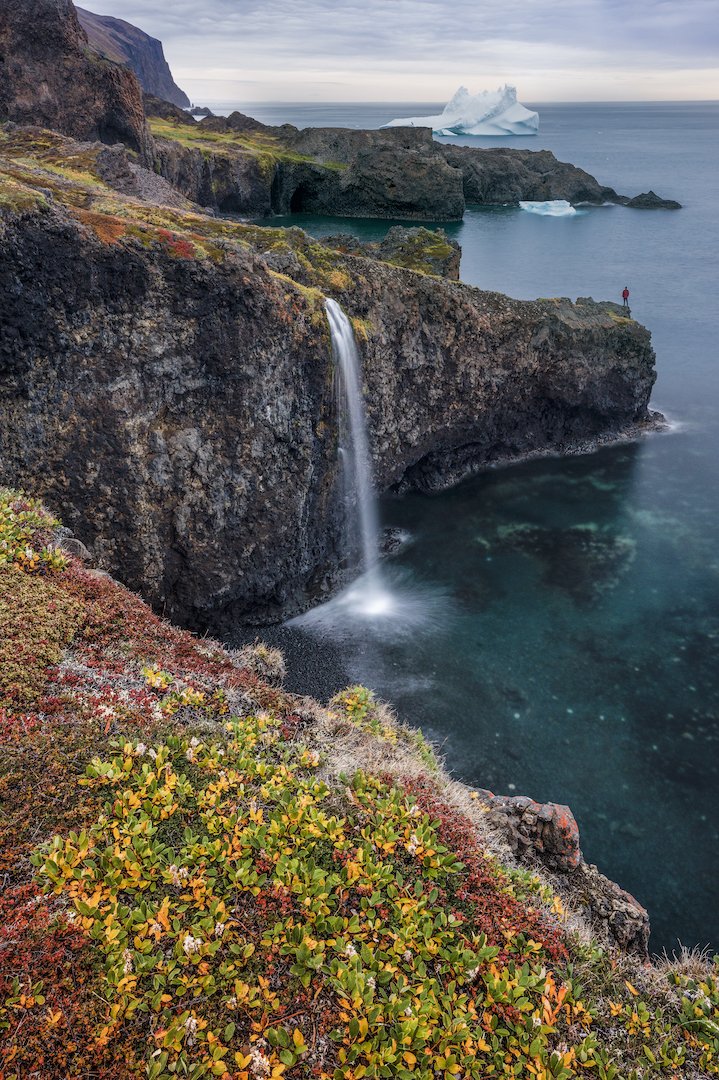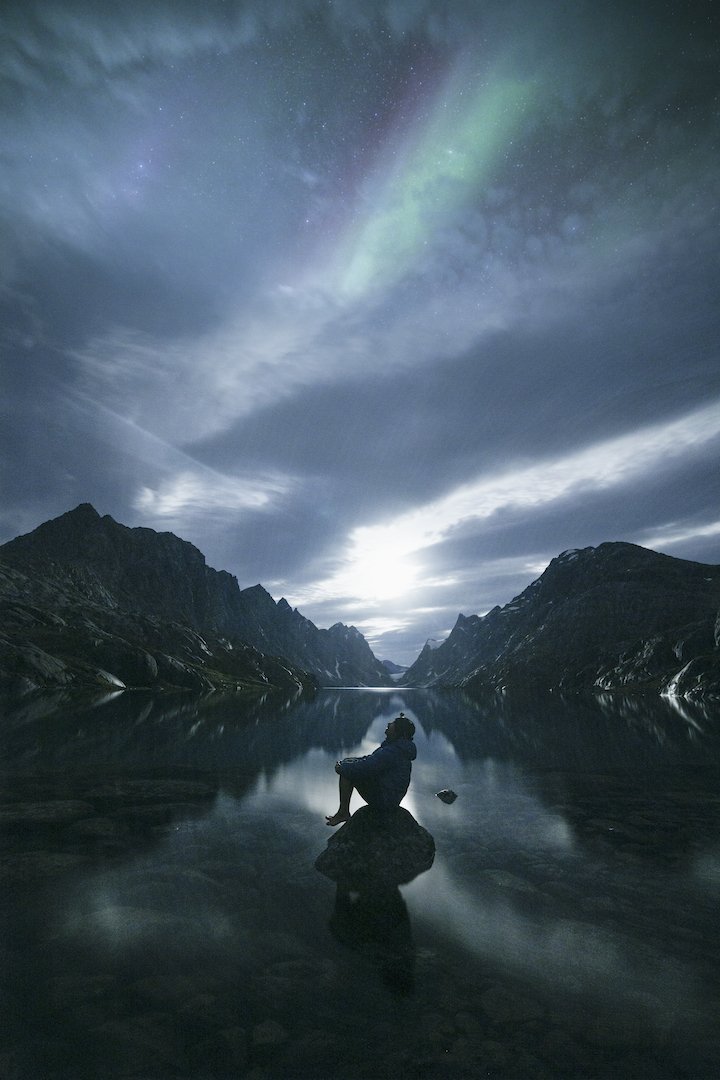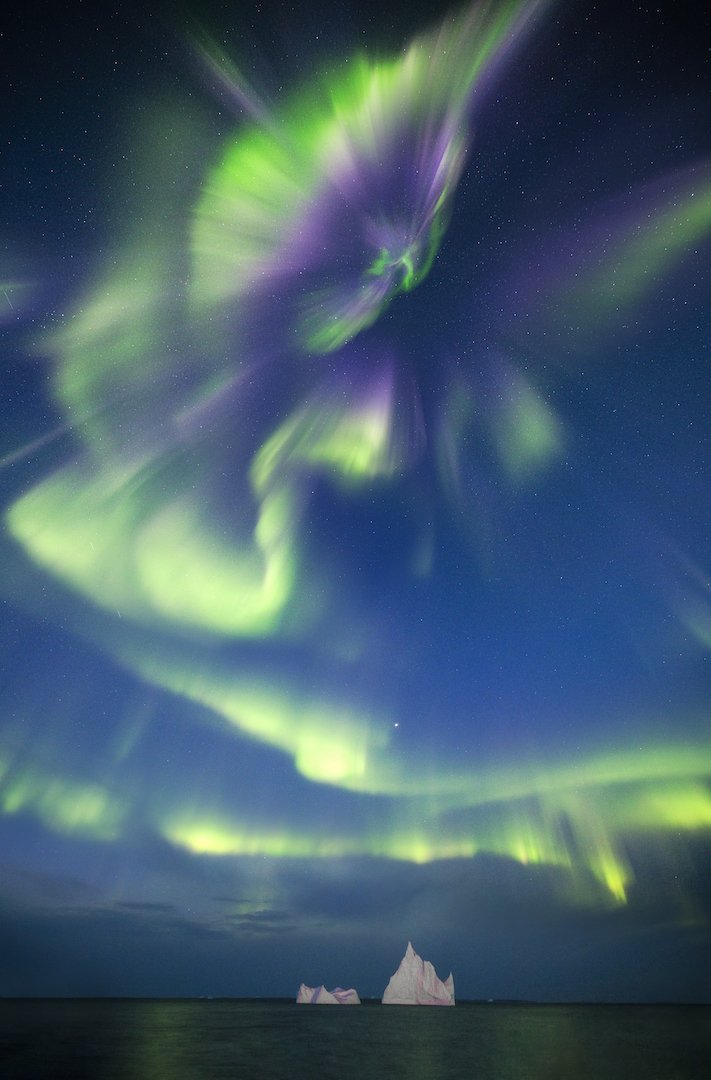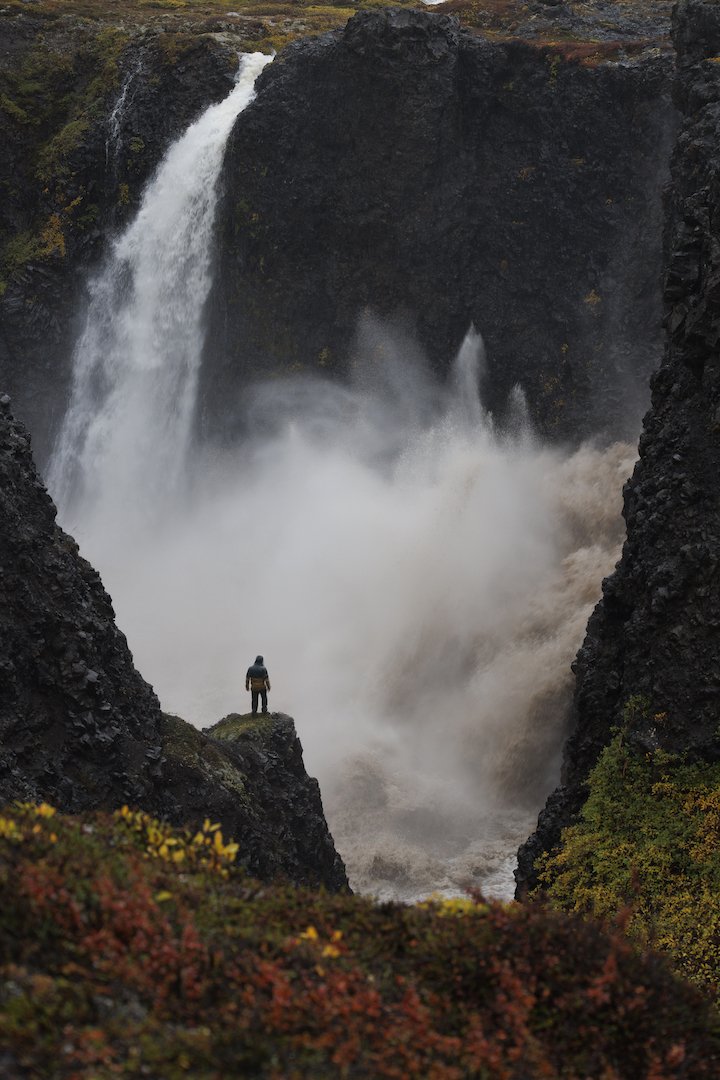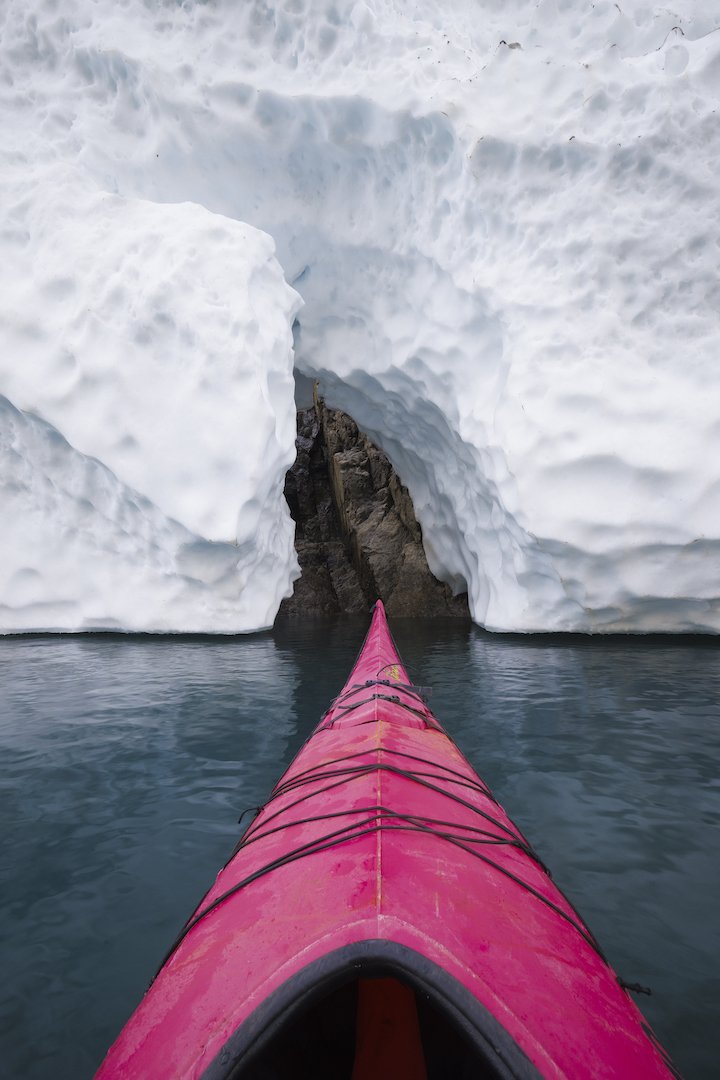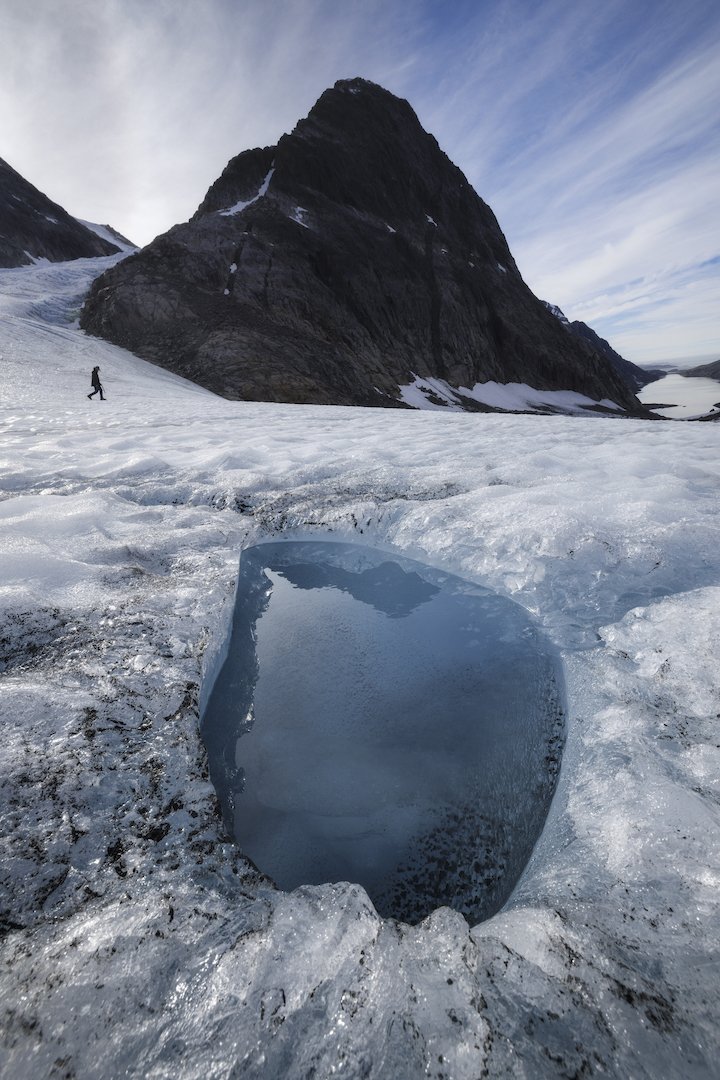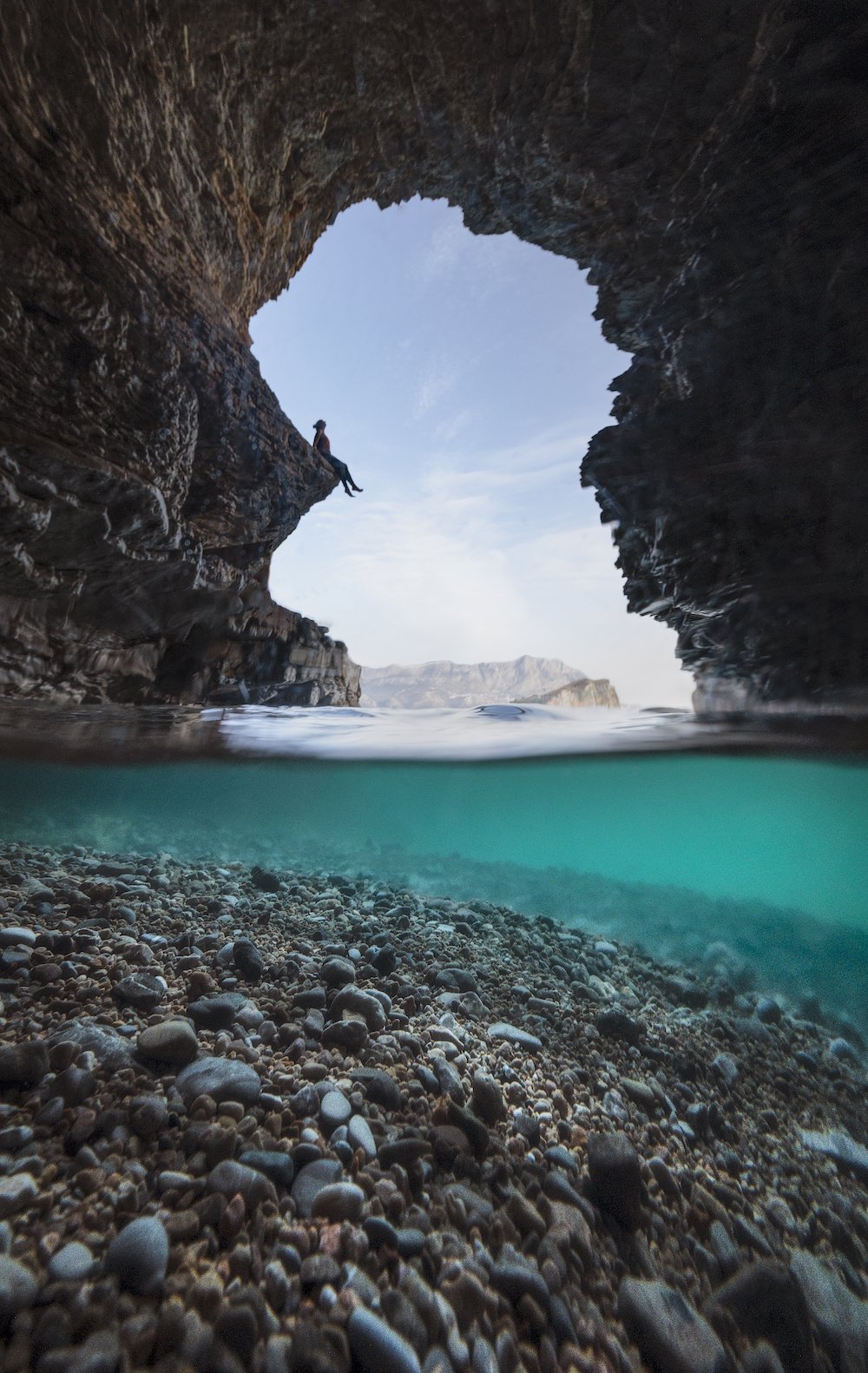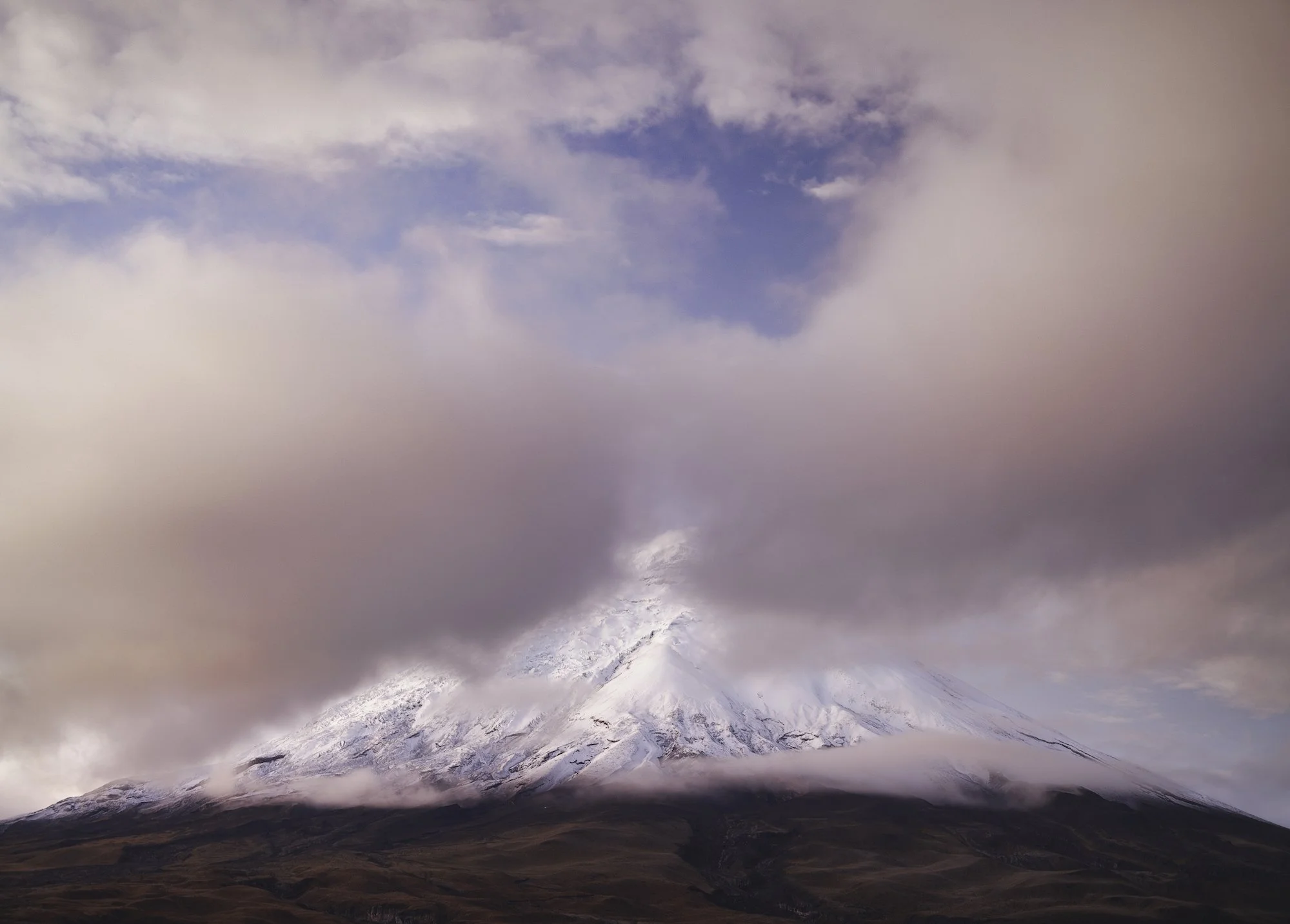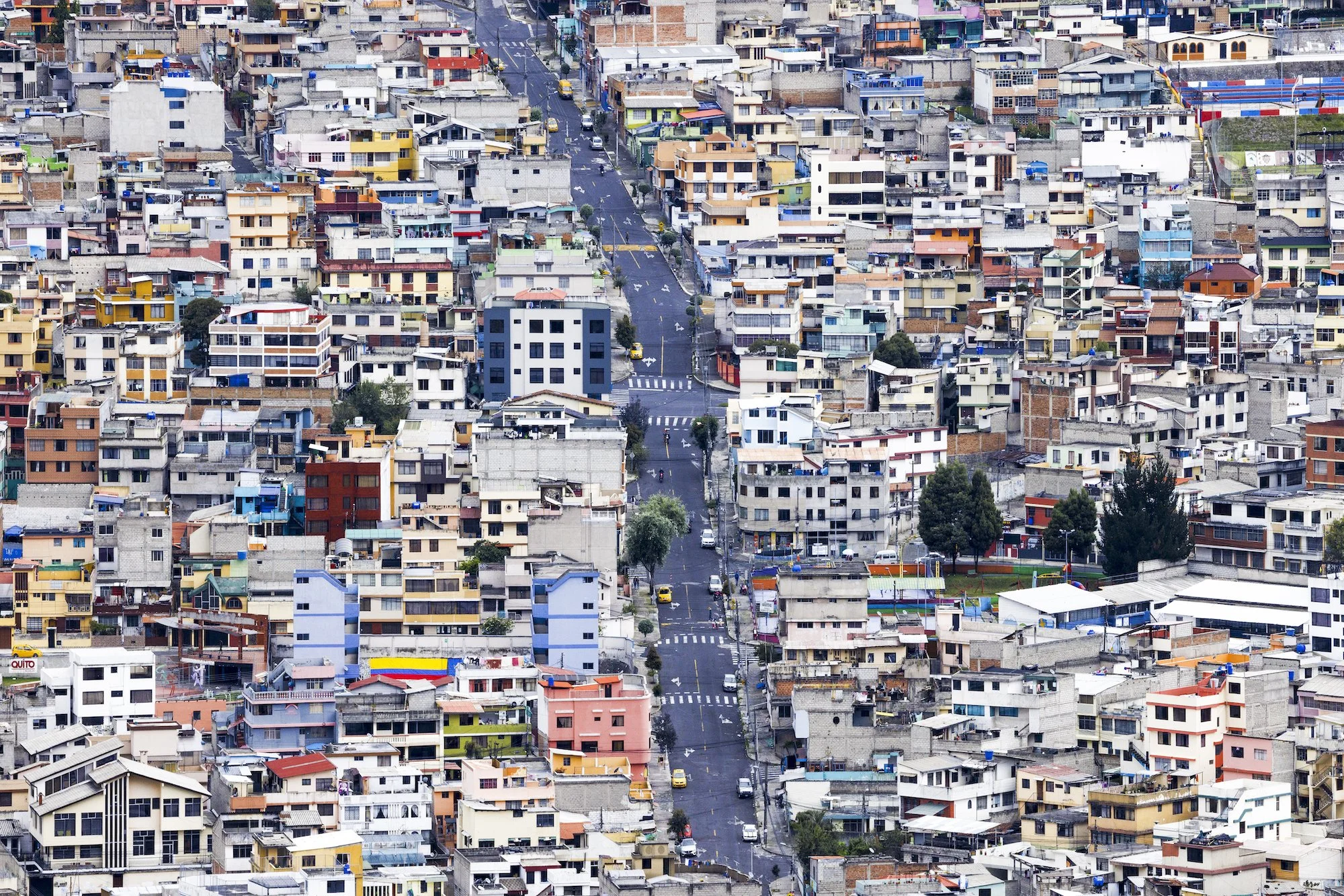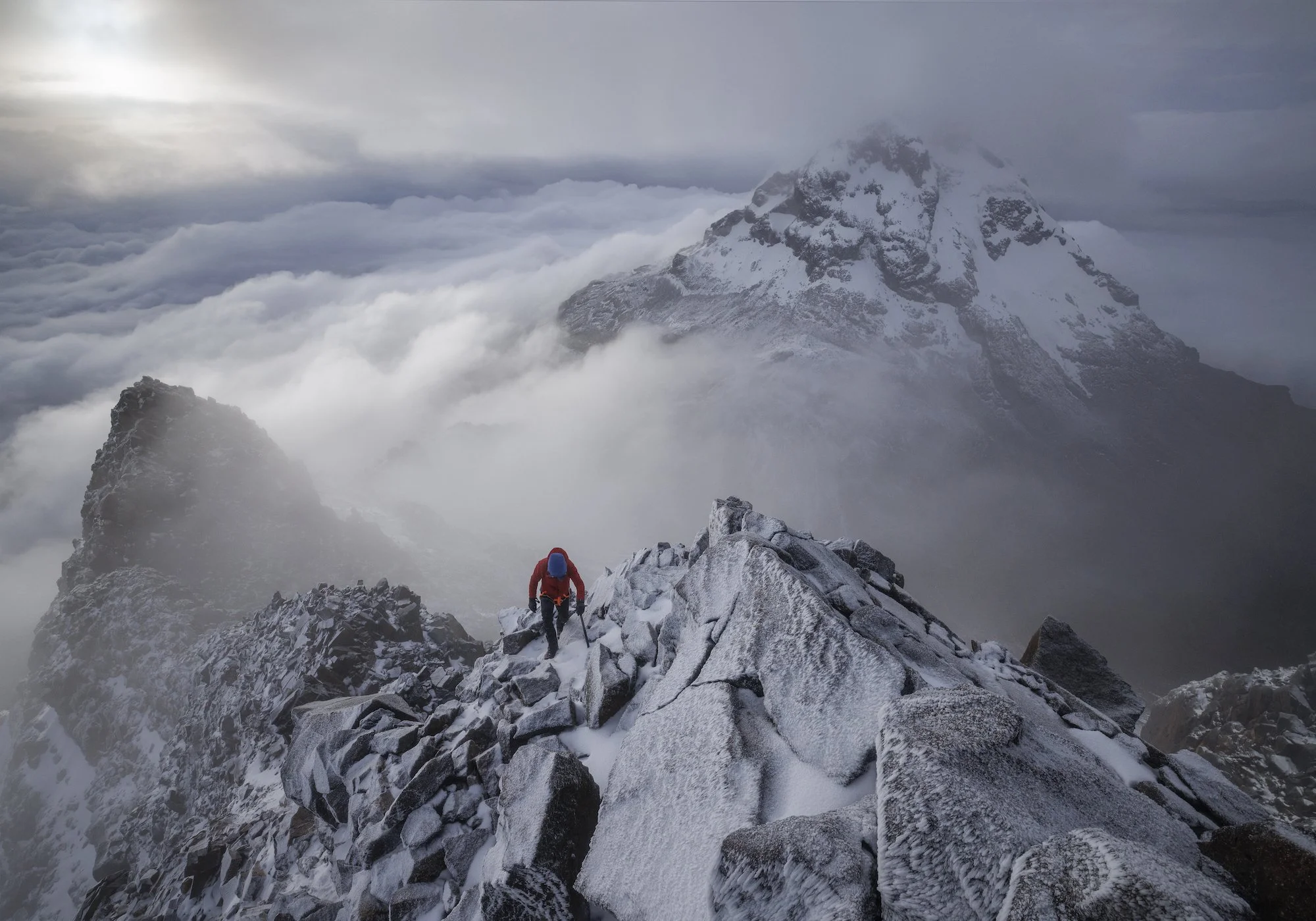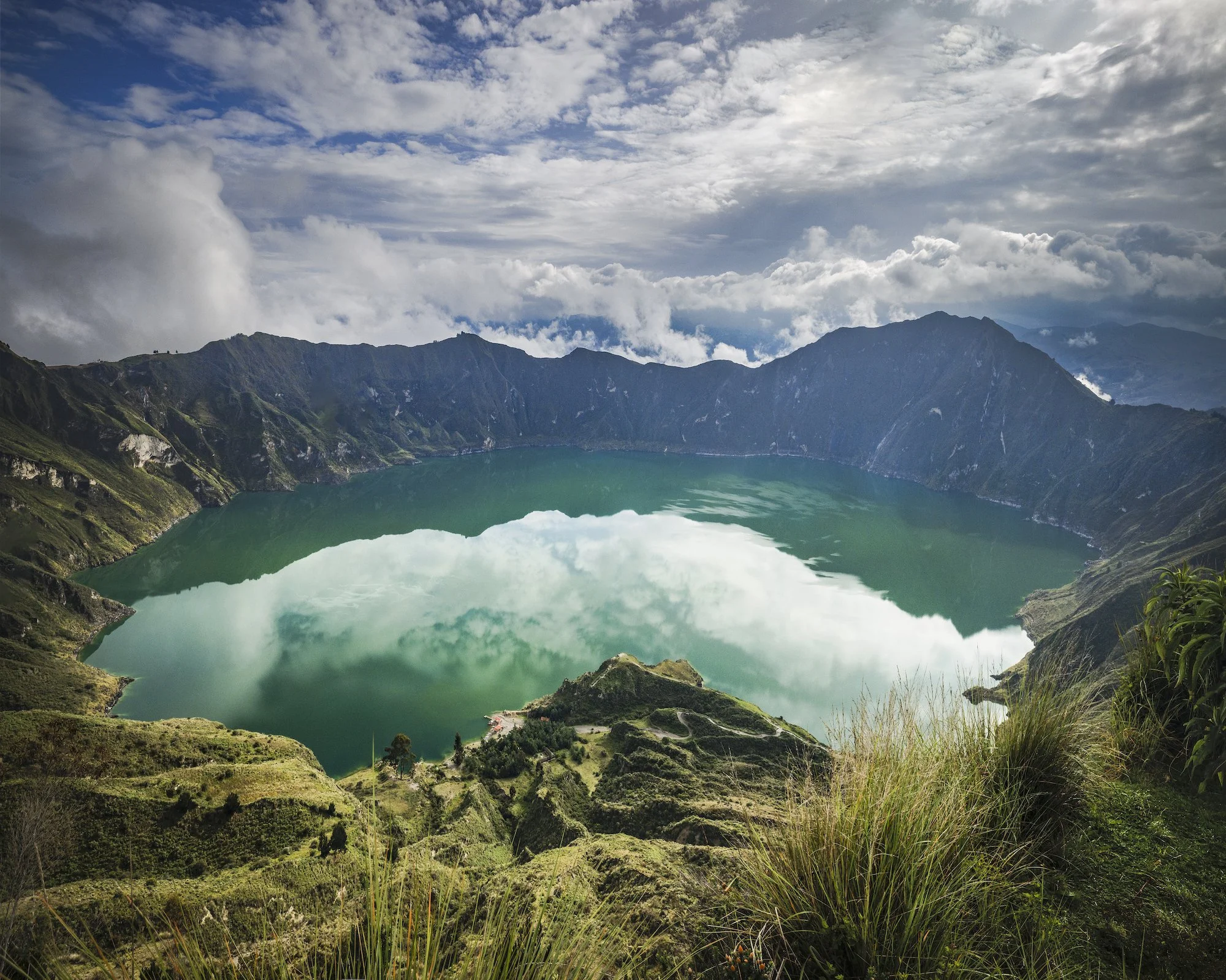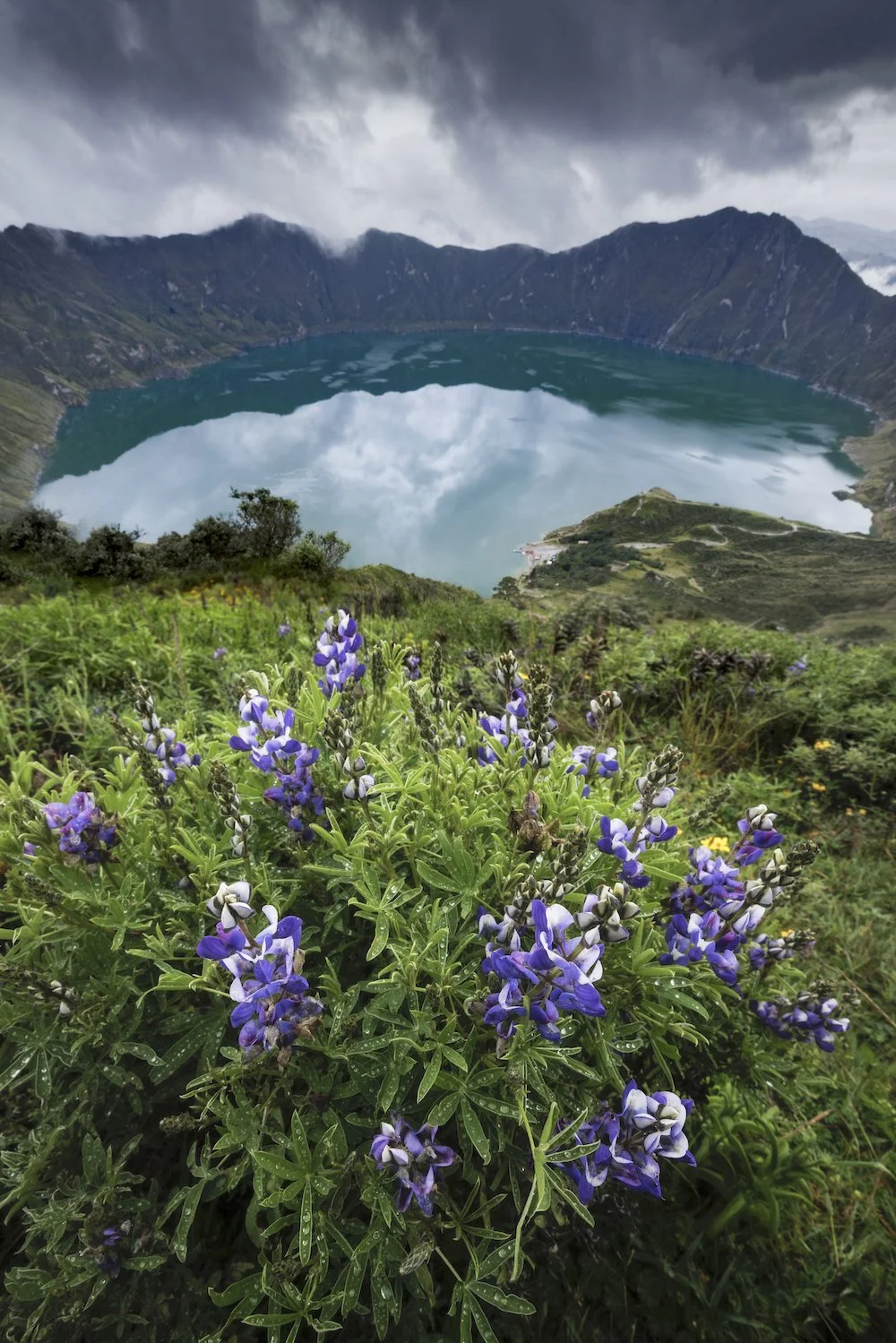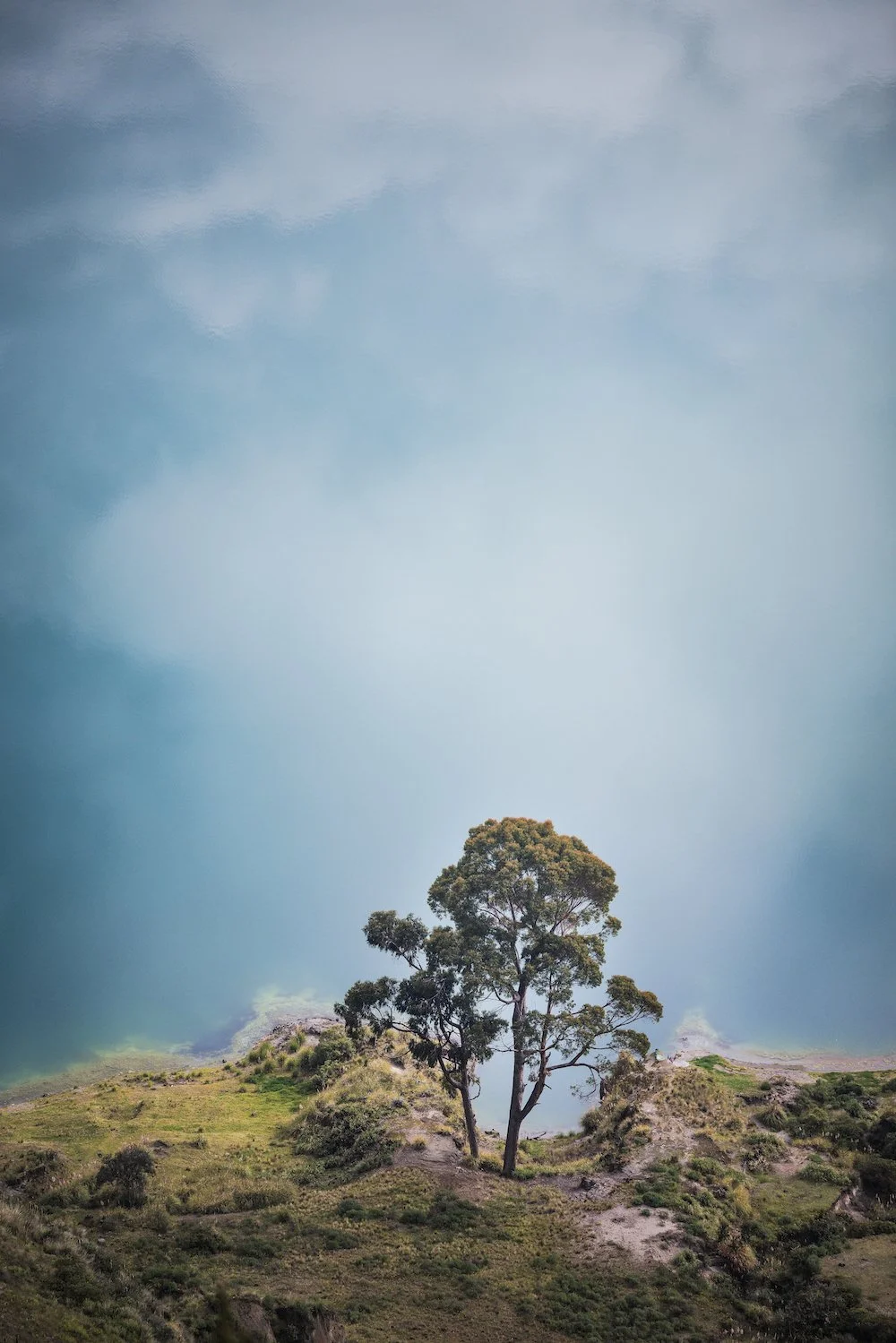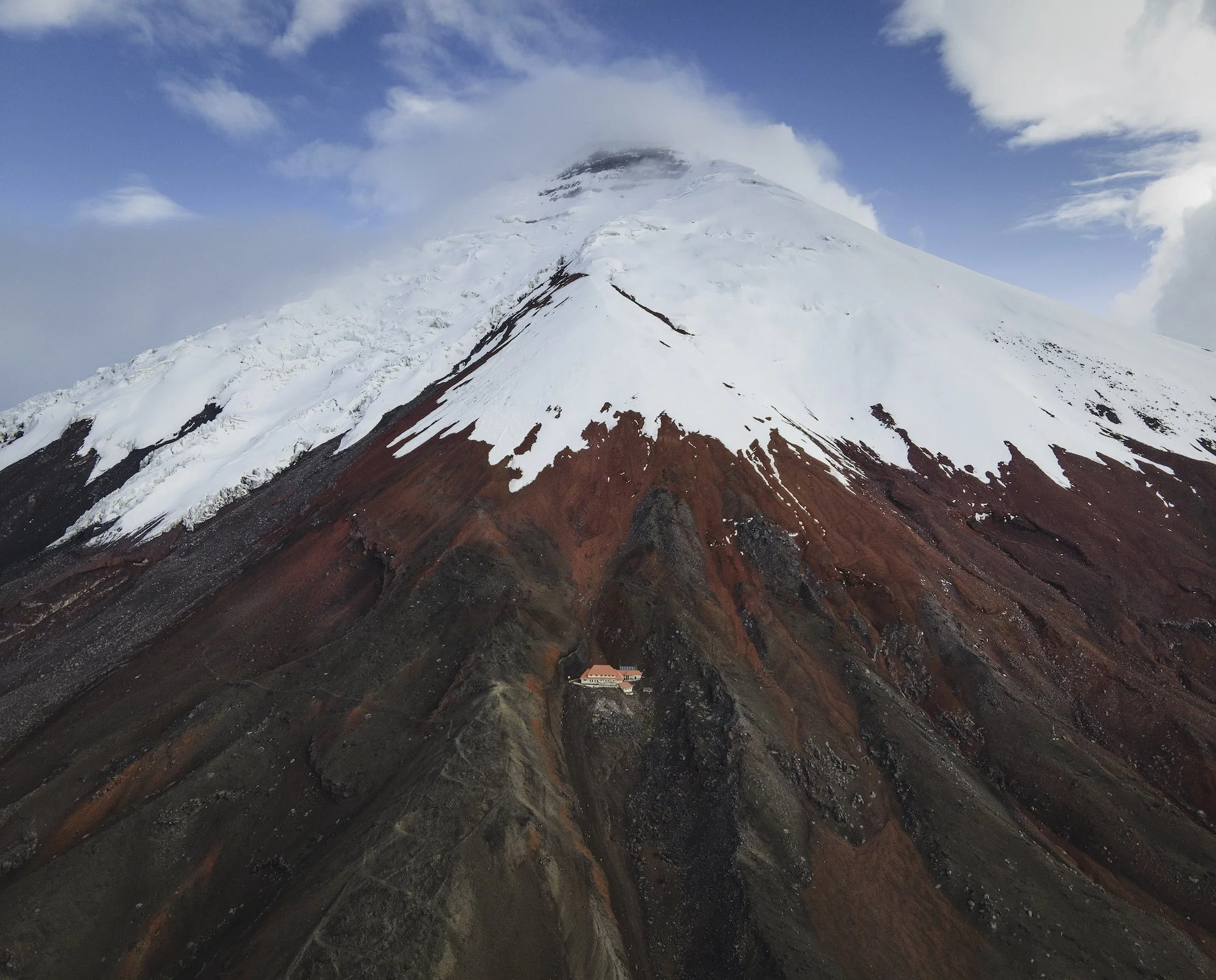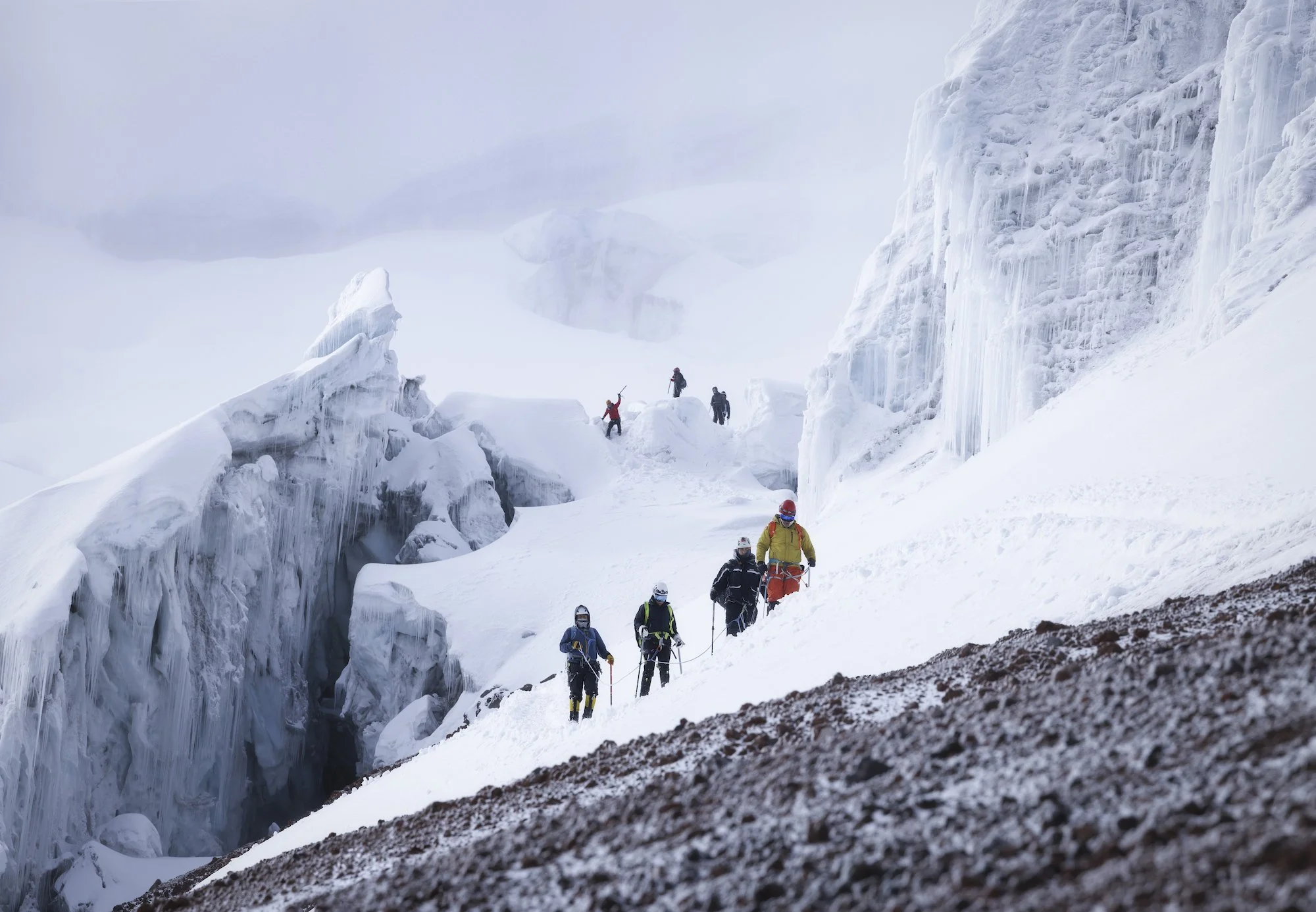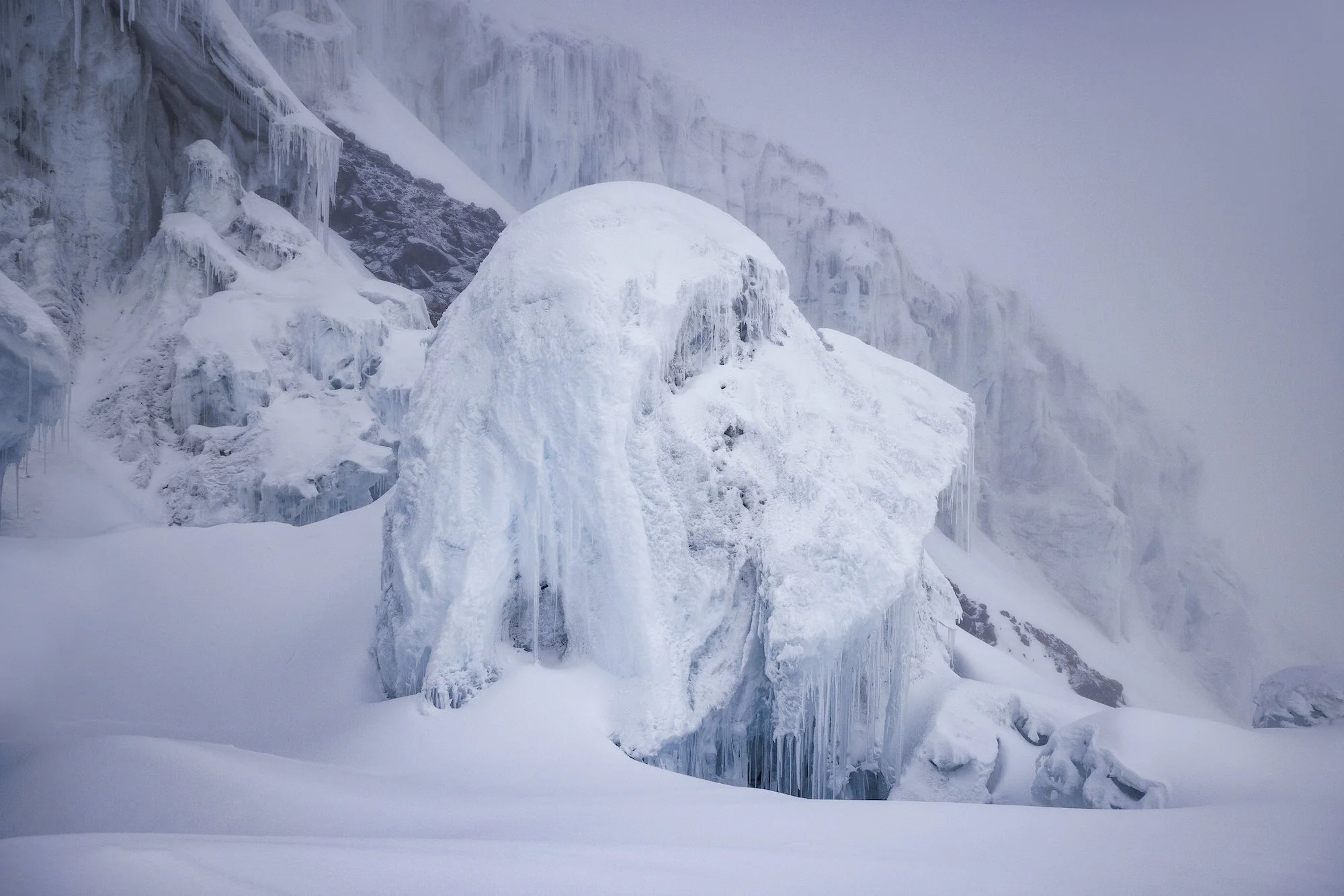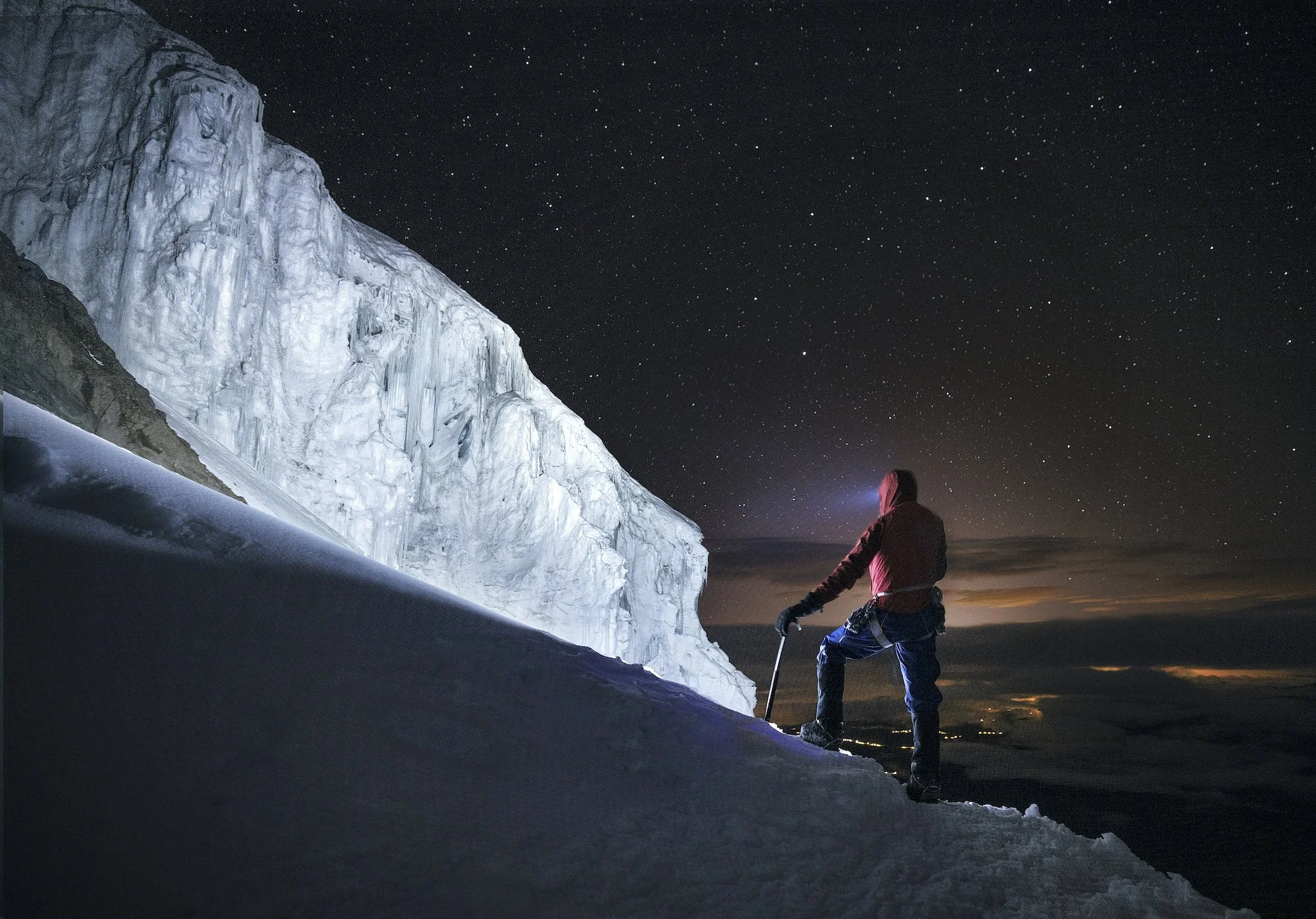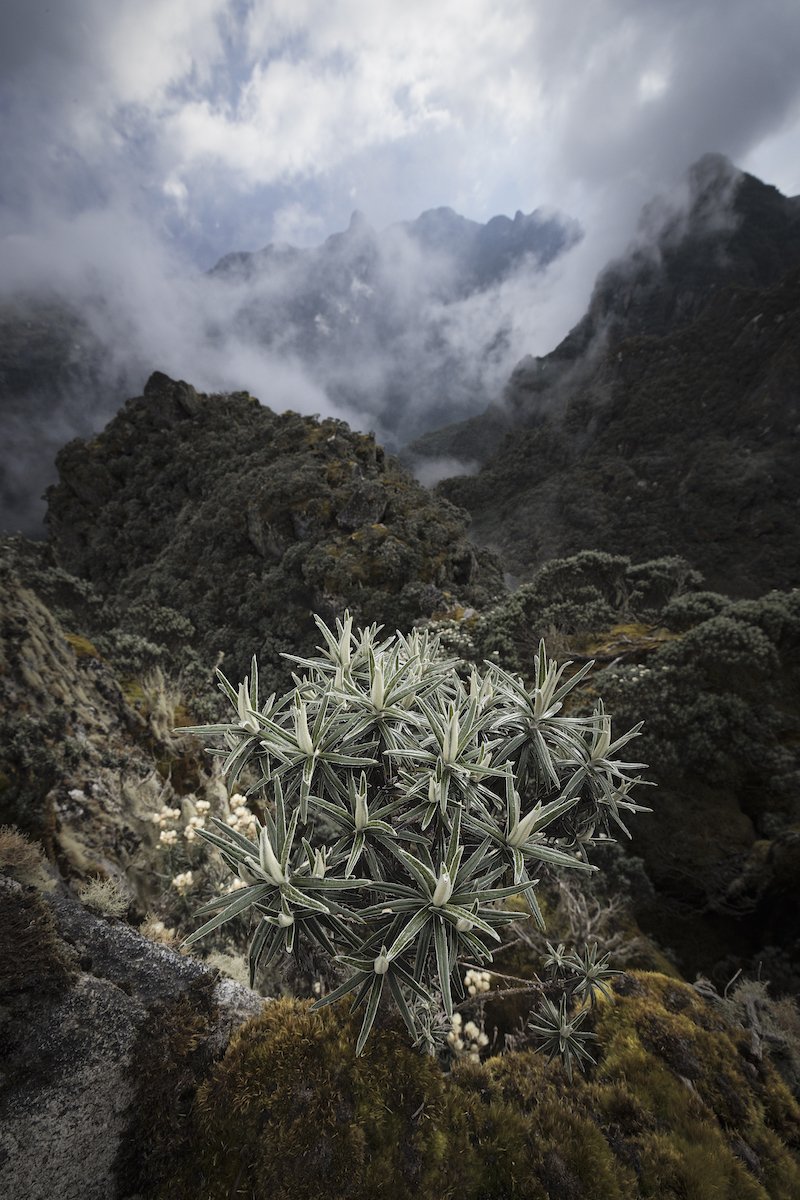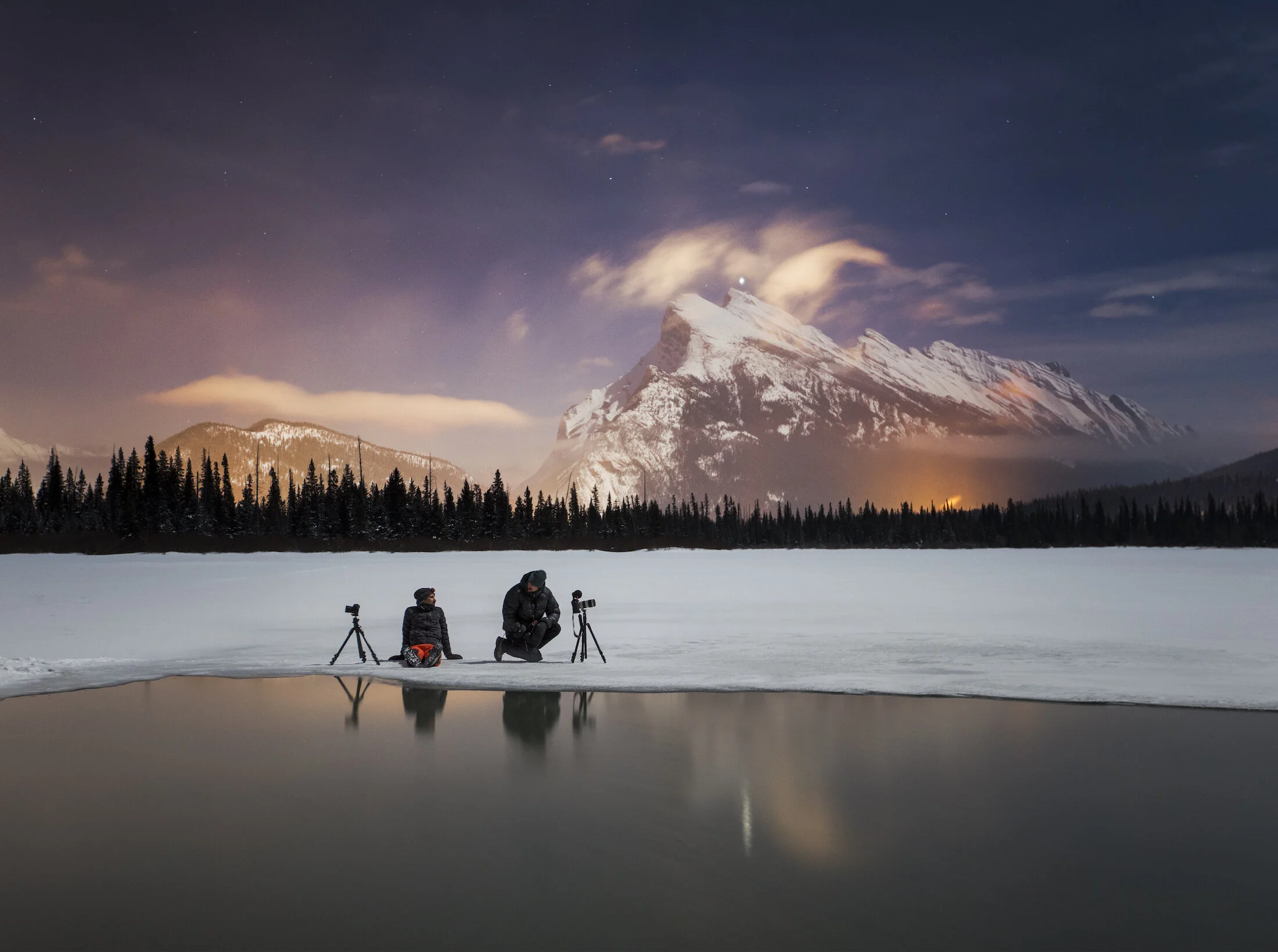
Where the Land Meets the Sea and History: Images from Cyprus
Tucked at the crossroads of Europe, the Middle East, and Africa, Cyprus is an island steeped in myth, history, and natural beauty. Known as the legendary birthplace of Aphrodite, it has been shaped by millennia of conquest and cultures. Cyprus today is clearly a hotspot for real estate investment, with luxury resorts and seaside villas drawing international buyers. But I was there with my family to hike and explore. What impressed us most was the island’s raw beauty, its varied landscapes and dramatic coastline.
Tucked at the crossroads of Europe, the Middle East, and Africa, Cyprus is an island steeped in myth, history, and natural beauty. Known as the legendary birthplace of Aphrodite, it has been shaped by millennia of conquest and cultures. Cyprus today is clearly a hotspot for real estate investment, with luxury resorts and seaside villas drawing international buyers. But I was there with my family to hike and explore. What impressed us most was the island’s raw beauty, its varied landscapes and dramatic coastline.
This photo series dives into the dramatic meeting of land and sea along Cyprus’ coast. Crystalline waters carve intricate sea caves into limestone cliffs, and the remnants of shipwrecks lie like time capsules just offshore—testaments to the island’s longstanding maritime history. From the iconic Edro III wreck near Peyia to the turquoise waters of Cape Greco, these images show how this place is filled with story and charm.
MV Demetrios II shipwreck off the coast of Cyprus. Photo: Paul Zizka.
My daughter at Tombs of the Kings near Paphos, Cyprus. Photo: Paul Zizka.
Hiking along the Cypriot coast in April 2025. Photo by Paul Zizka. Model: Meghan J. Ward.
EDRO III shipwreck. Photo by Paul Zizka.
Huge rock at Petra tou Romiou, known as the birthplace of Aphrodite. Photo: Paul Zizka.
The Love Bridge, near Ayia Napa, Cyprus. Photo: Paulka.
Mauralis Beach. Photo: Paul Zizka. Model: Meghan J. Ward.
The clear blue water of the Blue Lagoon near the Cape Greco Peninsula. Photo: Paul Zizka.
Historic Cities and Stunning Landscapes of Romania and Bulgaria
A photo portrait from a family trip through Romania and Bulgaria. Each country was distinctly different from the other due to different influences in their histories and modern-day trajectories. In Romania, we largely spent our time in the gorgeous Transylvania region with its Saxon-influenced architecture, folklore (you might be familiar with Dracula), and the mountainous countryside that linked our journey from town to town. In Bulgaria, we journeyed cross-country to visit more diverse parts of the country, including the mind-boggling rock formations of Belogradchick, the Medieval city of Veliko Tarnovo, the seaside resort town of Sozopol and the Madara national historical-archeological reserve.
Every year, I take an “adventurous” trip abroad with my wife and our two daughters. Often, my father comes along and it makes for a three-generation experience that we value so much as this stage in life. The past few years, we’ve found ourselves in Eastern Europe, including the Baltic Nations of Latvia, Lithuania and Estonia and Croatia and several western Balkan countries. It’s truly a highlight of my year to explore the world with my loved ones.
This year we decided to fill in some gaps in our experience in Eastern European and selected the neighbouring countries of Romania and Bulgaria. Each country was distinctly different from the other due to different influences in their histories and modern-day trajectories. In Romania, we largely spent our time in the gorgeous Transylvania region with its Saxon-influenced architecture, folklore (you might be familiar with Dracula), and the mountainous countryside that linked our journey from town to town. In Bulgaria, we journeyed cross-country to visit more diverse parts of the country, including the mind-boggling rock formations of Belogradchick, the Medieval city of Veliko Tarnovo, the seaside resort town of Sozopol and the Madara national historical-archeological reserve.
Brasov, Romania, at night. Photo: Paul Zizka.
I didn’t take the camera out a lot while we were there while I focused on family time, but below you’ll find some of my images from the trip. Not easily captured were the rather enlightening and at time comical moments of cultural immersion, which as foreigners added so much to our experience. From ordering off of menus written in a Cyrillic alphabet to adapting to some new rules for the road, the trip was an unexpected adventure in so many ways. We especially fell in love with the landscapes of these two countries, which I hoped to convey in these images!
Romania
The Council Square in Brasov, Romania. Photo: Paul Zizka.
Bran Castle near Brasov, Romania. Photo: Paul Zizka.
Catedrala "Sfântul Ioan Botezătorul" in Făgăraș, Romania. Photo: Paul Zizka.
Pastel hues of Sibiu, Romania. Photo: Paul Zizka.
“Saint Mary” Evangelical Cathedral of Sibiu, Romania. Photo: Paul Zizka.
A different angle of “Saint Mary” Evangelical Cathedral of Sibiu, Romania. Photo: Paul Zizka.
Alley in Sibiu, Romania. Photo: Paul Zizka.
Rust-red rooftops in Sibiu, Romania. Photo: Paul Zizka.
Piața Mare (The Large Square) at dusk in Sibiu, Romania. Photo: Paul Zizka.
Piața Mare (The Large Square) at dusk in Sibiu, Romania. Photo: Paul Zizka.
“Saint Mary” Evangelical Cathedral of Sibiu, Romania. Photo: Paul Zizka.
Nighttime view from The Bridge of Lies, Sibiu, Romania. Photo: Paul Zizka.
Bulgaria
Belogradchick Rocks and fortress, Belogradchik, Bulgaria. Photo: Paul Zizka.
Belogradchick Rocks, Belogradchik, Bulgaria. Photo: Paul Zizka.
Belogradchick Rocks, Belogradchik, Bulgaria. Photo: Paul Zizka.
My wife Meghan at Belogradchick Rocks and fortress, Belogradchik, Bulgaria. Photo: Paul Zizka.
My wife Meghan at Belogradchick Rocks and fortress, Belogradchik, Bulgaria. Photo: Paul Zizka.
Trees on the skyline at Belogradchik, Bulgaria. Photo: Paul Zizka.
Belogradchick Rocks, Belogradchik, Bulgaria. Photo: Paul Zizka.
Nighttime with my daughter at Belogradchick Rocks and fortress, Belogradchik, Bulgaria. Photo: Paul Zizka.
Foggy morning over the Yantra River. Veliko Tarnovo, Bulgaria. Photo: Paul Zizka.
View from our apartment in Veliko Tarnovo, Bulgaria (my daughter gazing out the window there) . Photo: Paul Zizka.
View of the Monument to the Assen Dynasty from our apartment in Veliko Tarnovo, Bulgaria. Photo: Paul Zizka.
Tsarevets Fortress through Jacaranda trees in Veliko Tarnovo, Bulgaria. Photo: Paul Zizka.
Monument to the Assen Dynasty in Veliko Tarnovo, Bulgaria. Photo: Paul Zizka.
Veliko Tarnovo, Bulgaria. Photo: Paul Zizka.
Tsarevets Fortress in Veliko Tarnovo, Bulgaria. Photo: Paul Zizka.
Sozopol, Bulgaria. Photo: Paul Zizka.
My wife looking out on Sozopol, Bulgaria. Photo: Paul Zizka.
Sozopol, Bulgaria. Photo: Paul Zizka.
My wife looking out on Sozopol, Bulgaria. Photo: Paul Zizka.
Nighttime in Sozopol, Bulgaria. Photo: Paul Zizka.
Nighttime in Sozopol, Bulgaria. Photo: Paul Zizka.
One of the many cats in Sozopol, Bulgaria. Photo: Paul Zizka.
Madara Rider, a UNESCO World Heritage Site, was created during the first years of the formation of the Bulgarian State, at the beginning of the 8th century. Photo: Paul Zizka.
Spring blossoms of Madara, Bulgaria. Photo: Paul Zizka.
View at the Madara National Historical and Archaeological Park, Bulgaria. Photo: Paul Zizka.
My wife and youngest descend the many steps of the Madara National Historical and Archaeological Park, Bulgaria. Photo: Paul Zizka.
My daughter walks down the steps of the Madara National Historical and Archaeological Park, Bulgaria. Photo: Paul Zizka.
Gorgeous walkways of the Madara National Historical and Archaeological Park, Bulgaria. Model: Meghan J. Ward. Photo: Paul Zizka.
Cave at Madara National Historical and Archaeological Park, Bulgaria. Model: Meghan J. Ward. Photo: Paul Zizka.
All of these images are available for image licensing and limited edition prints. Please contact me to inquire!
Documenting the Sundhnúkagígar Eruption in Iceland
Iceland has long captivated me with its dramatic landscapes shaped by volcanic activity. Even before I became a photographer, I was enthralled by this island. At the conclusion of my undergrad in Earth and Ocean Sciences, I walked across Iceland and became familiar with its rugged terrain. Since then, I have returned several times, including this month when the Sundhnúkagígar eruption occurred.
Iceland has long captivated me with its dramatic landscapes shaped by volcanic activity. Even before I became a photographer, I was enthralled by this island. At the conclusion of my undergrad in Earth and Ocean Sciences, I walked across Iceland and became familiar with its rugged terrain. Since then, I have returned several times, including this month when the Sundhnúkagígar eruption occurred.
Our OFFBEAT group capturing the eruption later on the day we were evacuated, from a safe distance. Photo: Paul Zizka.
I was staying at the Northern Light Inn with a group, co-leading an OFFBEAT photography workshop, when on our last morning we were awoken very early by the call to evacuate. Just two kilometres away, a volcano erupted along a three-kilometre fissure northeast of Mount Sýlingarfell. We promptly packed our bags and within 20 minutes were walking to our vehicles to join a convoy away from the area. Soon, we got sight of the lava fountains shooting 80 metres into the air. It was an unforgettable experience, and somewhat painful for a group of photographers who would have loved to capture it on camera. But, safety first - we got out and soon after the lava flowed across the road.
CBC’s The National featured the events and a short interview with me on February 12, 2024.
Later, from a safe distance our group was able to observe and photograph the eruption. It will stand as one of the most remarkable and surreal experiences of my life. I am grateful there was no loss of life, though the lava did burst a major water pipeline, leaving several communities on the Reykjanes Peninsula without heat and hot water.
Here are a few more photographs and videos from the events that transpired that memorable experience.
→ I’m heading back to Iceland in 2026 with OFFBEAT! Learn more here and join us for this next adventure!
Workshop participants capturing an unforgettable moment. Photo: Paul Zizka.
A self-portrait taken with the distant lava fountains (Canon RF100-500). Photo: Paul Zizka.
Self-portrait with the Sundhnúkagígar Eruption in Iceland. Photo: Paul Zizka.
Sundhnúkagígar Eruption in Iceland. Model Kris Andrea. Photo: Paul Zizka.
See more in the news:
Iceland's erupting volcano an 'unforgettable' close encounter, says Alberta photographer
If any of these images catches your eye, please reach out to me for any custom print orders. I’m happy to print in a variety of sizes and formats.
Road Trip Through the Baltics: Lithuania, Latvia and Estonia
Back in April, my family did a road trip through the Baltic nations of Lithuania, Latvia and Estonia. Here are some images from this remarkable (and beautiful!) part of the world.
Every year, my wife and I take our kids abroad. As the kids get older, we’ve been able to start embarking on trips that really keep us on our toes. After a few years of staying in the same place for longer, we’ve started to move around more when we travel, which requires some quick adaptations to languages and customs with each new place we explore. Back in April we took a family road trip through the Baltic nations of Lithuania, Latvia, and Estonia, and brought my dad along for what was a wonderful and adventurous ride.
The Baltic region is located in Northeastern Europe, bordered by the Baltic Sea, Russia, Poland and Belarus. Its proximity to mainland Europe, Russia, and Scandinavia infuses the region with unique influences, which comes out strongly in the local languages, food and social customs. The landscape is largely farmland or forest, with pristine lakes and rivers and a long coastline along the beautiful Baltic Sea. Historic towns, like Tallinn, Estonia, are from medieval times and recent restoration efforts make you feel like you’re stepping into a storybook!
Truthfully, I wasn’t very familiar with the region before we visited, which made for a wonderful learning experience for us all. The histories of these three nations vary, of course, but all involve a complex layering of cultural developments, conflicts and recovery. Today they are increasingly popular for tourism, but as we were visiting in the off-season we were often by ourselves in many places.
Our itinerary took us from Klaipeda, Lithuania, through to Sigulda, Latvia, (in Gauja National Park) to Tallinn, Estonia. Here is a sampling of the images I took in the Baltics from my more dedicated photography sessions (the rest can be viewed on my Stock site).
Meghan J. Ward running on a beach on the Curonian Spit, Lithuania. Photo: Paul Zizka
Cormorant at the Cormorant and Heron colony near Juodrantė, Lithuania. Photo: Paul Zizka
Palanga Beach, Lithuania. Photo: Paul Zizka
Hill of Crosses near Šiauliai, Lithuania. Photo: Paul Zizka
Dobele Evangelical Lutheran Church, Dobele, Latvia. Photo: Paul Zizka
Academia Petrin, Jelgava, Latvia. Photo: Paul Zizka
Dobele Castle Ruins, Dobele, Latvia. Photo: Paul Zizka
Sunset over Sigulda, Latvia. Photo: Paul Zizka
Tea-coloured Amata River, Gauja National Park, Latvia. Photo: Paul Zizka
Relaxing by the Amata River, Latvia. Photo: Paul Zizka
Water play in the Amata River, Gauja National Park, Latvia. Photo: Paul Zizka
Turaida Castle Museum, Sigulda, Latvia. Photo: Paul Zizka
Interior, Sigulda New Castle, Sigulda, Latvia. Photo: Paul Zizka
Bridge over the Gauja River, Sigulda, Latvia. Photo: Paul Zizka
Relics near Ligatne, Latvia. Photo: Paul Zizka
Self-portrait at Gutman's Cave, Gauja National Park, Latvia. Photo: Paul Zizka
Peaceful morning at the Gulf of Riga, Veczemju klintis, Latvia. Photo: Paul Zizka
Meghan J. Ward at Veczemju klintis, Latvia. Photo: Paul Zizka
Kids playing at Veczemju klintis, Latvia. Photo: Paul Zizka
Blue hour over the medieval city of Tallinn, Estonia. Photo: Paul Zizka
Aleksander Nevski katedraal, Tallinn, Estonia. Photo: Paul Zizka
A late-night walk through the Old Town with Meghan J. Ward, Tallinn, Estonia. Photo: Paul Zizka
Spooky scene in the Danish King’s Garden, Tallinn, Estonia. Photo: Paul Zizka
Old Town Square, Tallinn, Estonia. Photo: Paul Zizka
Rooftops, Old Town Tallinn. Estonia. Photo: Paul Zizka
Late-night flower stands. Tallinn, Estonia. Photo: Paul Zizka
All of these images are available as custom limited edition prints.
Documenting Vanishing Ice: Q+A with Paul Zizka
I’ve been photographing ice since the very early stages of my career. Whether glaciers, ice caves, frozen lakes, or mountaintops, I would continuously find myself drawn to cold landscapes in search of ice in its many forms, textures, and hues. Icescapes are among the most dynamic, visually exciting, and rewarding places a photographer can document. But as I spent more time shooting ice, it became apparent that I was capturing something that is vanishing.
I’ve been photographing ice since the very early stages of my career. Whether glaciers, ice caves, frozen lakes, or mountaintops, I would continuously find myself drawn to cold landscapes in search of ice in its many forms, textures, and hues. Icescapes are among the most dynamic, visually exciting, and rewarding places a photographer can document. But as I spent more time shooting ice, it became apparent that I was capturing something that is vanishing.
As global temperatures rise, we risk the melting of our polar regions and glaciers. Beyond the long-term human and environmental consequences of melting ice, the loss of these frozen landscapes also signifies the loss of a unique and powerful experience. I realized that my calling as an artist is to document and celebrate ice before it disappears. It’s my responsibility to bring the beauty and mystery of these foreign, enchanting worlds to as many people as possible.
This realization led to the launch of my latest project, Cryophilia.
This project has been met with support, positivity, and much curiosity, so I thought I’d take the opportunity to answer some frequently asked questions.
1. What is Cryophilia?
Cryophilia is an effort to document the rapid changes in glaciers and to celebrate the beauty of glacial ice in Canada and around the globe.
2. How/when did the Cryophilia project start and how did it get its name?
“Cryophilia” comes from ancient Greek meaning “frost loving.” Cryophiles prefer or thrive at low temperatures. I’ve always been drawn to photographing ice, cold places, and the high latitudes and have spent countless hours documenting glaciers ever since I started my journey as a photographer. Cryophilia is a personal commitment to investing a lot of my time and energy as an artist over the next several years to bring to light the changes that are happening in glacial environments and also the incredible beauty of these inhospitable locations.
3. What does the next phase of this project look like?
Over the next few years, I plan to focus a vast portion of my attention and efforts on collecting images from glacial environments, both here at home in the Canadian Rockies and abroad, and bring the photographs to the world. I believe photography has the power to stir up emotion, generate awareness and incite change when other means of communication fail. Eventually, my hope is to convey my findings in a cohesive way through the creation of a book and the presentation of an exhibit.
Ice cave explorations in the Canadian Rockies.
4. What is it about ice that intrigues and inspires you so much as an artist?
For one, there are the aesthetics: I never cease to be amazed by the multitude of shapes, forms, colours and textures a simple compound like ice can display. The possibilities appear infinite. As an artist, I find that ice renews itself and presents itself differently on every new exploration, which keeps the creative process exciting.
The other reason I am fascinated by ice, particularly glacier ice, is that it is becoming rarer, more precious — and it is becoming so at an alarming rate. The changes happening in glaciers worldwide warrant me to document them with urgency. Photography is the perfect medium to record what is occurring in these extremely dynamic environments.
5. What are some of the challenges that this project poses?
Accessing glaciers takes time, and so I expect time to be one of the key limiting factors in this project will be finding the time to visit those places repeatedly. Glaciated areas are characterised by the likelihood of inclement weather, which can make the photography process tedious at times.
6. What are you learning from this project?
I am more and more aware of how fast the ice is vanishing, and of the ramifications of that loss. Beyond the long-term human and environmental consequences of melting ice, for me the loss of these frozen landscapes also signifies the loss of a unique, powerful experience. The stillness and silence of cold places are humbling and wonderfully eerie; they are among some of the most magical on Earth.
7. What do you hope other people learn or consider when they encounter your project?
I sincerely hope that people develop an appreciation for how special, stunning and unique these environments are, and also how fast they are vanishing, on a timescale that we can relate to.
“Icicle Hollow” - Banff National Park, 2022.
8. Tell us the story behind one of the limited edition images in your growing Cryophilia collection.
The above photograph is an example of the fleeting, fascinating features I regularly come across on my visits to the local glaciers. I spotted a small opening in a cornice while wandering along the edge of the Columbia Icefield, and allowed my curiosity to get the best of me. Upon closer inspection, the hole opened onto a small, but stunning crystalline chamber within the glacier. At the end of the room, icicles dangled from the ceiling, shining brightly against the blue walls beyond. Those are beautiful, intricate features that only exist for a few days at most, and they are findings I enjoy sharing with the world, in the hope that they elicit a response to care for these places.
9. How can people support this project and your mission?
I encourage people to look at the images and let themselves be amazed by the diversity, dynamism, and beauty of those underdocumented environments. Let me know how the images make you feel. And develop an appreciation for glacial environments.
Keep following the project:
Official Cryophilia page: https://www.zizka.ca/cryophilia
Project News: https://mailchi.mp/zizka/cryophilia
Land of the Eternal Blue Sky: 5 Favourite Images From Mongolia
It seems impossible to take a bad photo in Mongolia. With towering sand dunes that glow during magic hour, vast landscapes that seem to stretch on for eternity, and welcoming people who share their traditional way of life and—a photographer will find endless possibilities. It’s no wonder that OFFBEAT returned to the “Land of the Eternal Blue Sky” this June to host two photography workshops: The Gobi Desert and The Wild West.
It seems impossible to take a bad photo in Mongolia. With towering sand dunes that glow during magic hour, vast landscapes that seem to stretch on for eternity, and welcoming people who share their traditional way of life and—a photographer will find endless possibilities. It’s no wonder that OFFBEAT returned to the “Land of the Eternal Blue Sky” this June to host two photography workshops: The Gobi Desert and The Wild West.
After a long commute from Canada (in my case) to Mongolia, we were gifted with smooth logistics, perfect weather, and incredible light. Although I spent most of my time focused on leading these workshops, I managed to come home with thousands of photos. I’ve sifted through them all and am excited to share my 5 favourite images along with the story behind each one.
View the collection of Mongolia images available as Limited Edition Prints!
1. “Khongoryn Els”
A tight frame of sand dunes where every single pixel is 100% sand. I have been to this location before and fell in love with shooting more intimate scenes within the scene. Upon arrival in the Gobi Desert, I started to seek out these compositions. I shot a number of those images that day and this is my favourite one.
2. “The Camel Herder and the Supermoon”
Our time in the Gobi Desert coincided with the June super moon, also known as the Strawberry Moon. We arranged for camel handlers and their camels to join us for sunset and nighttime photo shoots. We came up with the concept of positioning one of the camel herders on a distant dune in order to make the most of the rising super moon. We were fortunate to have soft light and some low-hanging clouds that didn’t obscure the moon as it rose. It was definitely a magical moment to see all those elements align in front of our eyes.
3. “The White Stupa”
This image is the result of childlike curiosity. The image was taken in an intriguing feature that I spotted from far away alongside trip co-leader Curtis Jones. When we investigated closely, the feature turned out to be a massive keyhole that we could drop into and shoot out of. I shot a few frames right away to take advantage of the alpenglow and by a stroke of luck, a few birds flew through the frame. To me, this image represents the importance of being curious in photography and, and following your nose and sticking your head and things.
4. “Ulaagchiin Khar”
This was taken at Ulaagchiin Khar Lake in West Central Mongolia after the photography workshop came to a close. This was a place that took a lot of working and driving to get to. We didn’t have much time at this location so I made the most of it by shooting in the early morning. I shot the sunrise from the top of the biggest dune in a vast dune field that juts out into the middle of the turquoise lake. I started looking for interesting foregrounds as soon as I reached the top of the dune and found amazing ripples to work with. Those ripples became the leading lines in this classic landscape shot featuring beautiful rich light and some nice geometry.
5. “Jenisbeck”
Last but not least, we have this tight portrait of eagle hunter Serik Jenisbek in the village of Sag Sai. We created this image at sunset in some phenomenal natural light. I must have shot thousands of images of Serik Jenisbek, both with his eagle and on his horse. This is one of my favourite shots of the lot because it has a candid feel and capturing the intimate connection between Jenisbek and his eagle was a very special moment.
Overall, this trip to the Gobi Desert and Western Mongolia was absolutely incredible. Mongolia is quickly becoming one of my favourite countries in the world, not just for the photography but for the people and the sense of isolation you experience when you’re there. I hope these images convey the natural beauty and variety that Mongolia has to offer.
View the collection of Mongolia images available as Limited Edition Prints!
Join OFFBEAT in Mongolia in 2024: sign up for our newsletter to stay in the loop about this trip.
Thank you to Mongolia Expeditions for being terrific hosts.
Greenland Grandeur: Ice, Water and Northern Lights
Earlier this year, I was fortunate to spend an entire month in Greenland, a place that feels like my second home. This trip, which marked my 6th visit to the island country known as Kalaallit Nunaat in Greenlandic and Grønland in Danish, involved leading two OFFBEAT photography workshops in familiar locations and working on a tourism photography project at a destination that was new to me. Despite revisiting several places, natural wonders such as ice, water, and northern lights made each experience unique.
Earlier this year, I was fortunate to spend an entire month in Greenland, a place that feels like my second home. This trip, which marked my 6th visit to the island country known as Kalaallit Nunaat in Greenlandic and Grønland in Danish, involved leading two OFFBEAT photography workshops in familiar locations and working on a tourism photography project at a destination that was new to me. Despite revisiting several places, natural wonders such as ice, water, and northern lights made each experience unique.
I arrived in Ilulissat for the first edition of the Greenland Grandeur workshop alongside fellow trip leaders Curtis Jones and Stephen DesRoches. We had each made numerous trips there and all agreed that we had never seen so much ice there before. Considering the recent launch of my Cryophilia project, which revolves around documenting disappearing glaciers and ice, I was excited for the photo possibilities. I was also thrilled for the participants who arrived a few days after we did.
During the first half of the workshop, we focused our attention on the sea ice in the fjords of Ilulissat and were treated to an incredible aurora display. We then took a ferry to Disko Island, where we photographed black sand beaches and Kuannit, my favourite stretch of coastline in the world. Foul weather sent us back to Ilulissat early, but the consolation prize was documenting more incredible ice formations around Ilulissat.
Gargantuan ice formations off the coast of Greenland.
The second workshop brought lots of familiar faces to Greenland. Participants were treated to an incredible aurora display upon arrival, before the workshop had officially started. With a wide spectrum of colours filling the sky, it was possibly the best aurora display of the entire month. The workshop program mirrored the first and it mostly went according to plan; the only curveball was that during our stay on Disko Island, Greenland got the biggest rain event it’s seen in over 40 years.
We may have been damp but we kept our spirits high and continued getting out regardless of the downpour. When the weather does unexpected things, it also leads to unexpected photo ops. We witnessed some beautiful things including the area’s waterfalls flowing at ten times the volume and unusual chocolate-coloured water flowing onto the beach and into the iceberg-laden sea. We made the most of it before heading back to Ilulissat to wrap up the program.
A rare combination: chocolate-coloured waves and a black sand beach.
Curtis, Stephen and I stayed on for a few extra days. We called this period “play time” but we are actually heading to Maniitsoq in western Greenland on an assignment for Destination Arctic Circle and Visit Greenland. We were thrilled to explore a place that none of us had seen before, especially since the few photos of Maniitsoq we could find were oozing with potential. Although harsh weather caused travel delays that cut our play time in half, we decided to head to Maniitsoq anyway. We were greeted by Ole from Maniitsoq Adventure Tours who sailed us to Inussuit Tasersuat, a narrow lake flanked by steep mountain ranges known as “The Great Lake of Giants”.
The instant we laid eyes on Inussuit Tasersuat, we unanimously agreed it was one of the most beautiful places we had ever seen. I was so blown away by the possibilities, I didn’t know where to start. It was one of the most epic places I’d ever seen and I wanted to do it justice by conveying that ‘wow factor’. We got to work right away and shot the lake from a variety of angles in diverse conditions. We shot it by day and night, from land and underwater, with a drone and even from kayaks provided by Ole. We even witnessed the aurora shimmering high above the landscape, but for me, the highlight was doing a full traverse of the lake in a kayak on a calm morning surrounded by towering peaks, glaciers, and their reflections. Inussuit Tasersuat is one of the most naturally beautiful places I’ve ever come across and I hope I’ll be lucky enough to return there one day.
Inussuit Tasersuat, also known as “The Great Lake of Giants”.
Both workshops and our playtime unfolded in phenomenal landscapes. Photographs allow me to share the majesty of these scenes, but they don’t convey the meaningful conversations we shared with the locals we encountered. Considering that three quarters of Greenland is covered by the only permanent ice sheet that exists outside Antarctica, I asked locals like Ole and our boat drivers about the changes to the ice that they’ve witnessed in their lifetimes. They all told us that the glaciers are receding at an alarming and unprecedented rate. Hearing this underscored what a privilege it is to be able to see and document that ice before it disappears. I hope you enjoy these images, but most of all, I hope they spark your curiosity about our planet’s vanishing ice.
A Road Trip through the Western Balkans and Croatia
Rust-red roofs and sand-coloured buildings set again the azure blue of the Adriatic Seas. Quaint and historic towns that feel like a storybook in real life. Wild skies and crashing waves that keep a photographer on his toes. This, in a nutshell, was our family trip through the Western Balkans.
Rust-red roofs and sand-coloured buildings set again the azure blue of the Adriatic Seas. Quaint and historic towns that feel like a storybook in real life. Wild skies and crashing waves that keep a photographer on his toes.
This, in a nutshell, was our family trip through the Western Balkans and Croatia. Over the course of three weeks in April 2022 we covered about 1,200 kilometres by car and spent from 2 to 5 days in each place. Starting in Tirana, Albania, we went straight from the airport to Lake Ohrid, North Macedonia; onward through Albania to Budva, Montenegro; to Kotor, Montenegro and then to Dubrovnik, Croatia, before going back to Tirana.
Travelling with the family in tow, which includes a 9- and 3-year-old, requires a different sort of balance, photographically speaking. There are times my wife has to hike up ahead with the children so that I can shoot some images, or I’ll head out once everyone is sleeping. At times, we take our turns with the kids so that we each get to spend time doing things we enjoy. All in all, I was happy with the collection of images I returned home with.
Here’s a glimpse into our trip to this remarkable part of the world!
Lake Ohrid, North Macedonia
Church of Saint John the Theologian on the shores of Lake Ohrid, North Macedonia. Photo: Paul Zizka.
The view form Samuel's Fortress, Ohrid, North Macedonia. We were there in springtime and the blossoms were just opening. Photo: Paul Zizka.
A stormy day on the shores of Lake Ohrid, North Macedonia.
Church of Saint John, North Macedonia, at night. Photo by Paul Zizka.
Underwater relics off in Lake Ohrid, with the town of Ohrid just beyond. Photo: Paul Zizka.
Built in 200 BC, the Ancient Macedonian Theatre of Ohrid demonstrates all the archaeological wonders that are buried under newer structures in this ancient town. Photo: Paul Zizka.
Montenegro
The resort island of Sveti Stefan, off the coast of Montenegro. Photo: Paul Zizka.
Old Town of Budva at night. Photo: Paul Zizka.
An over/underwater photo taken at the Door in Stone near Budva, Montenegro. Model: Meghan J. Ward. Photo: Paul Zizka.
Meghan and our youngest at the Door in Stone near Budva, Montenegro. Photo: Paul Zizka.
The town of Kotor and Bay of Kotor, Montenegro. Photo: Paul Zizka.
Entrance into the pedestrian-only town of Kotor, Montenegro. Photo: Paul Zizka.
One of the numerous Cats of Kotor, which roam the town freely. Photo: Paul Zizka.
Meghan and our youngest descend the steps down from the San Giovanni Fortress. Photo: Paul Zizka.
Perast, Montenegro, taken from a boat. Photo: Paul Zizka.
Our Lady of the Rocks in the sun on a stormy day, near Perast, Montenegro. Photo: Paul Zizka
Croatia
Meghan J. Ward overlooking the old city of Dubrovnik from the famous Walls of Dubrovnik - considered to be amongst the great fortification systems of the Middle Ages. Photo: Paul Zizka.
The old Dubrovnik Harbour. Photo: Paul Zizka.
View from the Walls of Dubrovnik down into the narrow streets below. Photo: Paul Zizka.
The matches rooftops of Old Dubrovnik. Photo: Paul Zizka.
The view of Dubrovnik’s West Harbour and the Lovrijenac historic fortress. Model: Meghan J. Ward. Photo: Paul Zizka.
Croatian coastline just outside Dubrovnik. Photo: Paul Zizka.
Over/under shot with tehe Lovrijenac historic fortress. Photo: Paul Zizka.
Laundry drying on a rooftop in Old Dubrovnik, Croatia. Photo: Paul Zizka.
Albania
Submerged tree in the Liqeni Artificial i Tiranës, Tirana, Albania. Photo: Paul Zizka.
Skanderbeg Statue and the Alban Tower, Tirana, Albania. Photo: Paul Zizka.
Alban Tower Tirana, Albania. Photo: Paul Zizka.
More perspectives of the Alban Tower Tirana, Albania. Photo: Paul Zizka.
Hills surrounding Tirana, Albania. Photo: Paul Zizka.
Residential area of Tirana, Albania. Photo: Paul Zizka.
Ecuador: Capturing Vanishing Ice on the Equator
On a mission to document vanishing ice across the globe, I found myself in Ecuador back in February — a South American nation named for its position on the Equator. You may wonder why I’m chasing ice on the Equator, but Ecuador is home to Andean peaks towering up to 6,310 metres. It turns out that the country’s stratovolcanoes are home to a number of receding glaciers.
On a mission to document vanishing ice across the globe, I found myself in Ecuador back in February — a South American nation named for its position on the Equator. You may wonder why I’m chasing ice on the Equator, but Ecuador is home to Andean peaks towering up to 6,310 metres. It turns out that the country’s stratovolcanoes are home to a number of receding glaciers.
I arrived in Quito with a friend and fellow photographer, Kris Andres. An assault on all the senses, Quito was as colourful, bustling, and stimulating as I imagined. We hiked to the summit of Volcán Pichincha (4,800 m) to acclimatize for the higher elevations we planned to reach. Having spent time at elevation in Africa and Nepal, I acclimatized rather well.
Colourful and bustling Quito. Photo by Paul Zizka.
Quito is surrounded by hills and highlands, which we were eager to explore. It wasn’t long before we were en route to our next objective: Volcá Illiniza Norte (5,126 m). We set off around midnight in light snow, guided by the light of our headlamps. Conditions were challenging due to the build-up of ice and rime from the previous day’s storm. We couldn’t see anything when we reached the summit but just as we were about to pack up, everything opened up. It was absolute magic and everything I could wish for as a photographer: brilliant side light, dynamic clouds, and Illiniza Sur (5,245 m) rising in the background. In terms of scenery and photography, that fifteen minutes was the highlight of the entire trip.
Clouds parting momentarily on the summit of Volcan Illiniza Norte. Photo by Paul Zizka.
That’s not to say that the rest of our time in Ecuador wasn’t absolutely mind-blowing. Following Illiniza Norte, we hiked into the Jose Ribas refuge by circumventing the Quilotoa Crater. We spent half a day walking on the rim of a vast volcano, immersed in scenery that was unlike anything I’d ever seen before. Quilotoa is much older than the two previous volcanoes, geologically speaking. The landscape is also incredibly lush and vibrant. Traversing such different terrain was a refreshing intermission before our biggest climb.
Quilotoa Crater. Photo by Paul Zizka.
The pinnacle of our trip was Volcán Cotopaxi (5,897 m) located about 50 km south of Quito. We stayed at Tambo Paxi at the base of the volcano, got up to shoot the sunrise, then drove all the way up to a shelter that sits at an elevation of approximately 5000 metres. We got some rest but were up at 11 pm for a midnight start. With a new moon, we could only see as far ahead as our headlamps allowed. A billion stars glimmered overhead and Quito’s lights were visible in the distance. We wove our way through seracs towards the summit. Clouds rolled in halfway up, which was unfortunate for photos but added to the atmosphere.
We topped out on the edge of a giant summit crater. Eventually, other rope teams arrived at the summit of Cotopaxi. The clouds didn’t part until we were halfway down, revealing distant volcanoes and volcanic plains. The descent was magical and made for some great photo opportunities and some of my favourite images from the trip.
The Cotopaxi Refuge. Photo by Paul Zizka.
This trip to Ecuador was a wonderful opportunity for me to observe a new landscape, experience a new culture, and document rapidly changing glaciers that sit high up on the Equator. The trip came with its own challenges, like shooting in a highly dynamic environment that’s constantly changing. With volcanoes attracting and shedding weather quickly, I had to be on the ball to make the most of brief windows of opportunity. Overall, It was unbelievable to climb ice so close to the equator and gaze into distant coastal areas and jungles from a high altitude. The trip ultimately revealed that Ecuador is full of kind people and offers a ton of variety despite being such a small country. I certainly look forward to returning someday!
Weaving through seracs on our ascent of Cotopaxi. Photo by Paul Zizka.
Memories from Africa: Wildlife, Climbing and the Last Glaciers
A collection of my favourite images from a recent photography workshop and photo mission to capture the last ice in Botswana and Uganda.
After a long pause from leading workshops abroad, I was fortunate to embark on two trips in the latter half of 2021. The most recent was a journey to beautiful Botswana, a must-see for landscape and wildlife lovers alike. This particular adventure provided the best of both worlds; it began with an immersive OFFBEAT workshop experience and ended with a personal trip to document some of the only remaining ice on the African continent. Both resulted in memories I will cherish for a long time.
Breathless in Botswana
The workshop went marvellously well. We split our time between the Khwai Private Reserve of the Okavango Delta and Chobe National Park. We were fortunate to spot elephants, big cats, giraffes, hippos, baboons, and birds of many feathers. Since we could never predict which animals we would come across, each game drive and boat cruise provided a completely unique experience. Each of our participants went home with thousands of photographs of dozens of animals. For me, the most memorable encounters involved cheetahs, elephants, and lions bathing in magical African light.
One of Covid’s silver linings has been renewed appreciation. While I recognized the value of travel prior to the pandemic, it all felt a touch more special this time around. Whether gathering with old friends, meeting new faces, teaching again, drinking local coffee, or sitting quietly with a lion—it all seemed even more precious.
If you’ve never been to Botswana, you absolutely need to add it to your bucket list. Everything about this country, from its diverse landscapes and animals to its generous people, will leave you breathless.
A mother and baby elephant in Chobe National Park, Botswana. Photo by Paul Zizka Photography.
The Mountains of the Moon
After wrapping up the workshop, I embarked on a personal journey to find and photograph the last remnants of ice on the African continent. I chase ice because of its surreal beauty, its impact on the land and its people, and because it's so quickly disappearing. Chasing ice in Africa led me deep into the Rwenzori Mountains, located on the border between Botswana and Uganda. They are also known as the Mountains of the Moon.
Much of the multi-day trek was spent following our local guides through an otherworldly landscape of tropical plants and ancient rock shrouded by mist and rain. The highlight of the trip was the surreal summit day high on Mount Stanley. There I was in an extremely remote area, at one of the last remaining glaciers in Africa. I was sitting at 5,109 m above sea level in -20C temperatures and zero visibility with one butt cheek in Congo and the other in Uganda. I was there, in that quiet and sacred place, as news from the outside world trickled in: the Omicron variant was beginning to shut down travel to many African nations. It was a bizarre experience and an emotional rollercoaster.
You may think of glaciers when you think of Africa, but ice does exist there—for the time being. The now-tiny glaciers of that region have existed for a long, long time. They have had a massive impact on the land and the locals throughout history. They carved the valleys into what you see today and they provided water for life to fill those valleys. I chase ice because of its surreal beauty, its impact on the land and its people, and because it's so quickly disappearing. Embarking on this trip to see those glaciers in their terminal state was deeply moving and well-worth documenting for me.
The Rwenzori (also spelled Ruwenzori or Rwenjura) is a mountain range in eastern equatorial Africa, on the border between Uganda and the Congo. Photo by Paul Zizka Photography.
Guides on the summit of Mount Stanley (5,109 m). Photo by Paul Zizka Photography.
One of the many waterfalls we encountered during the trek. Photo by Paul Zizka Photography.

